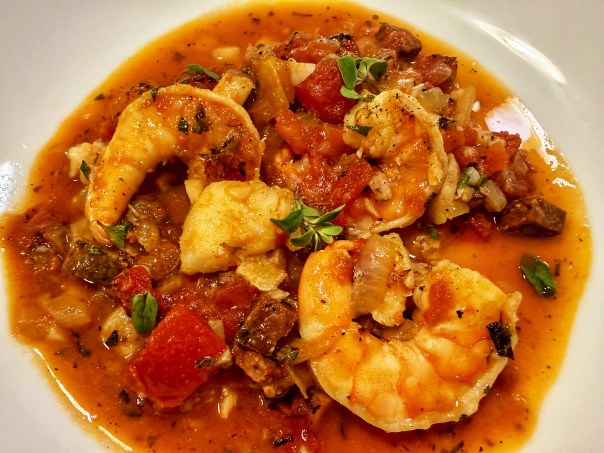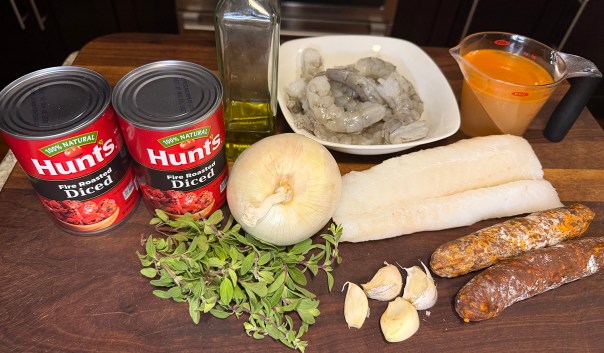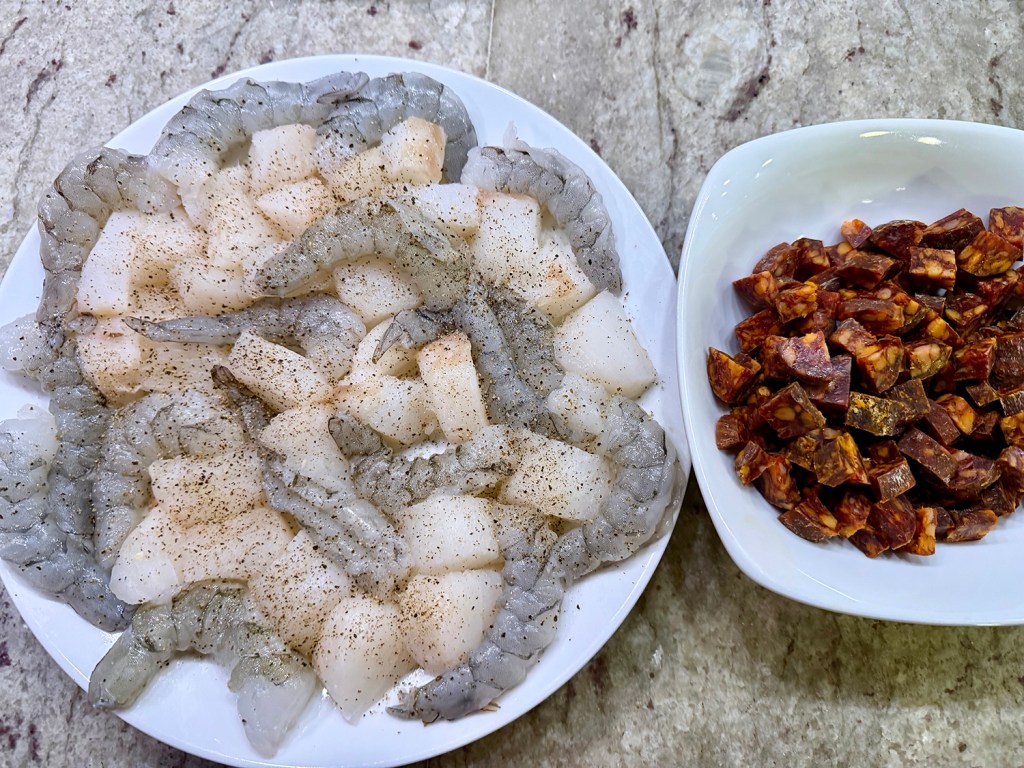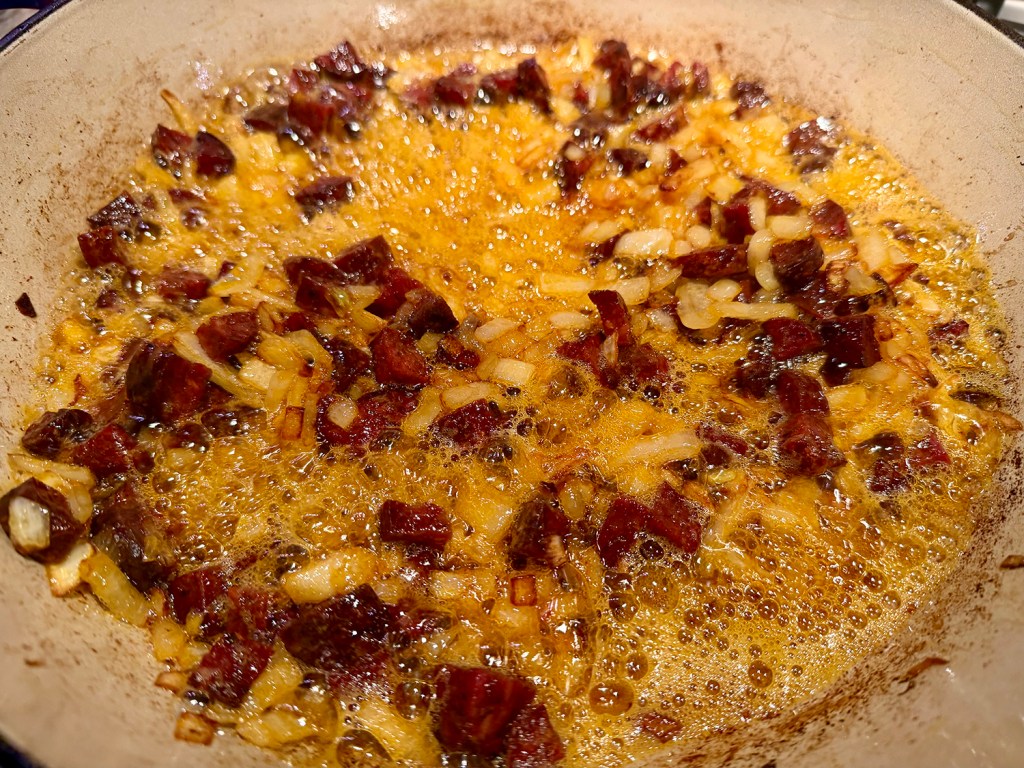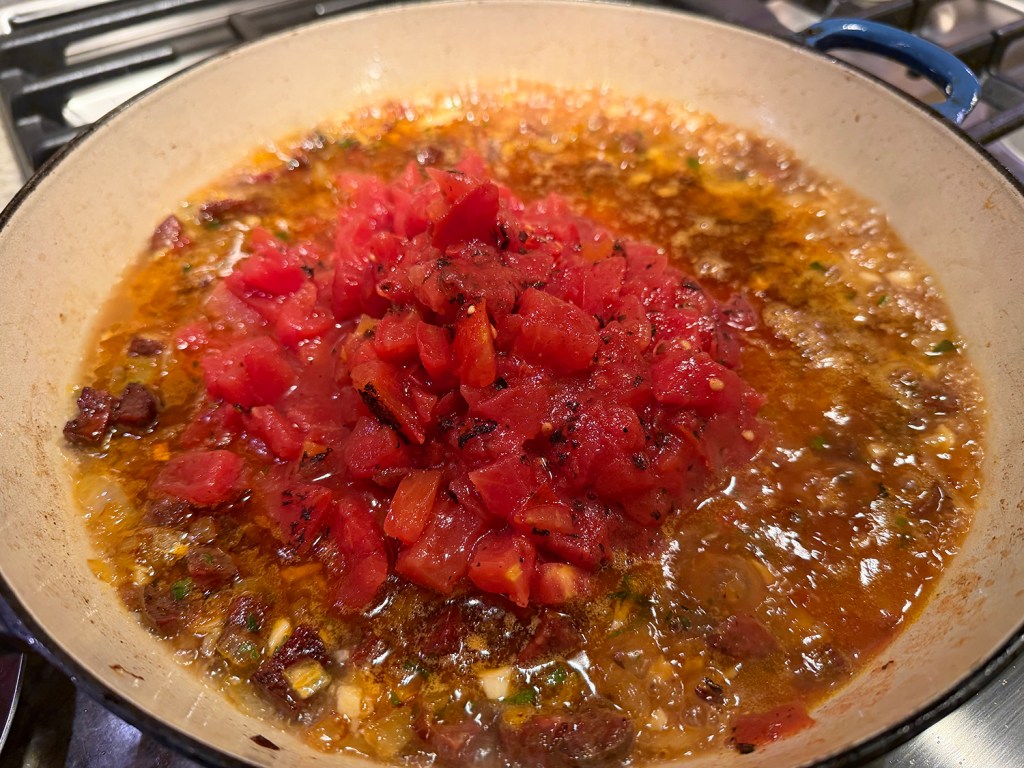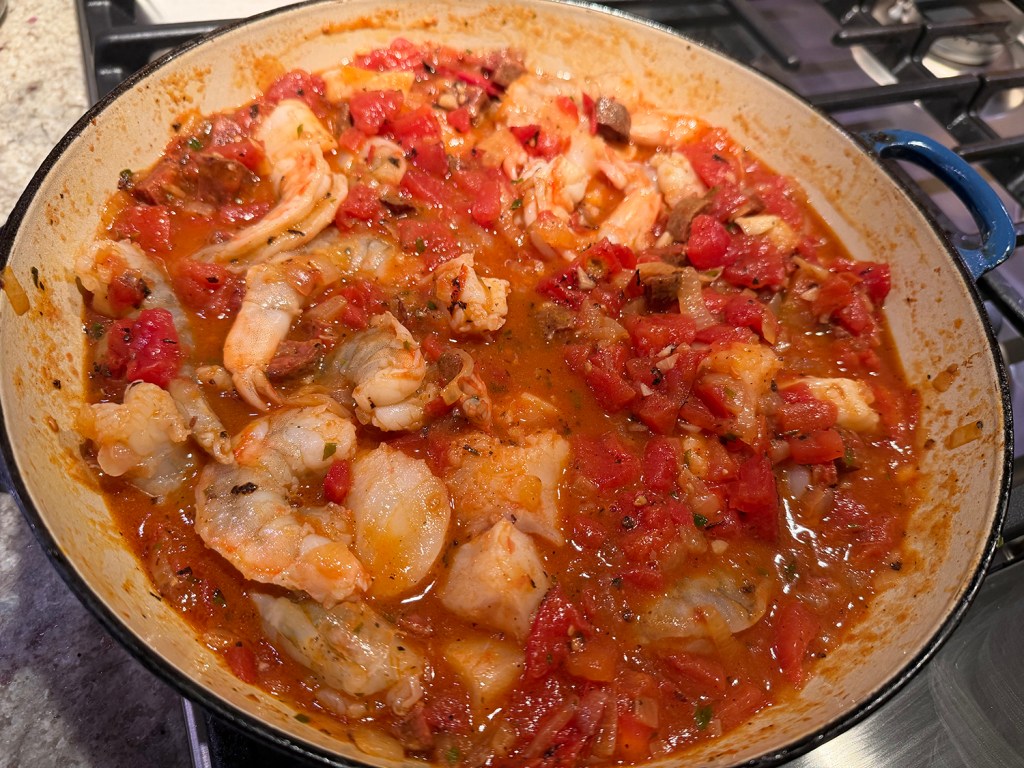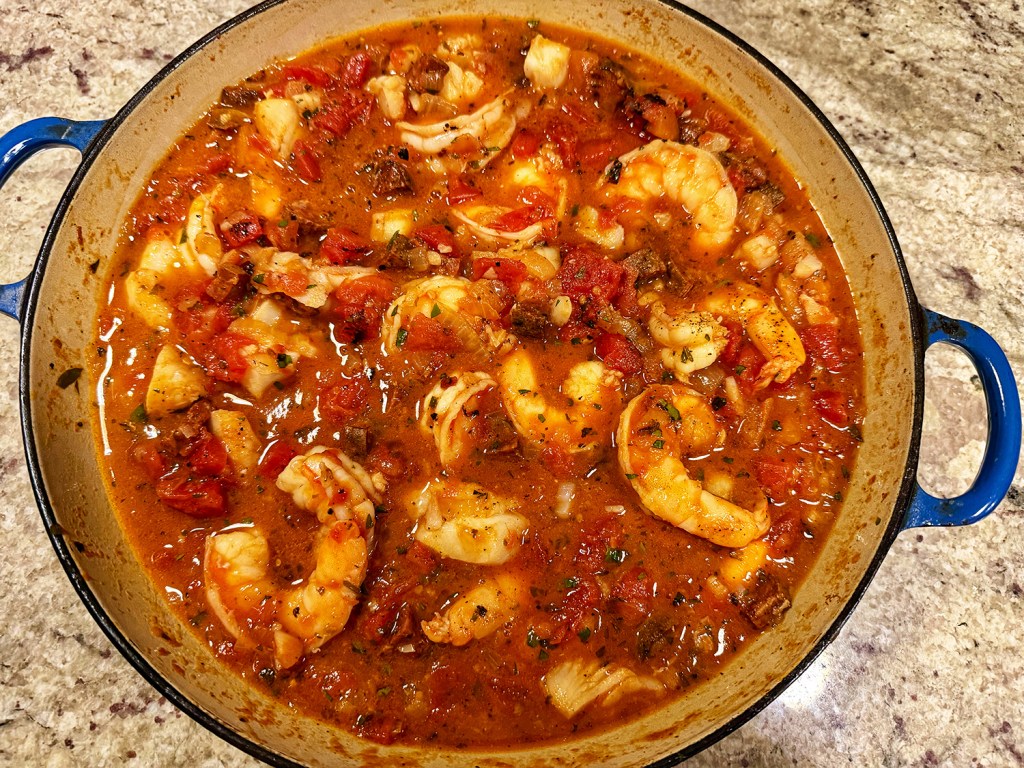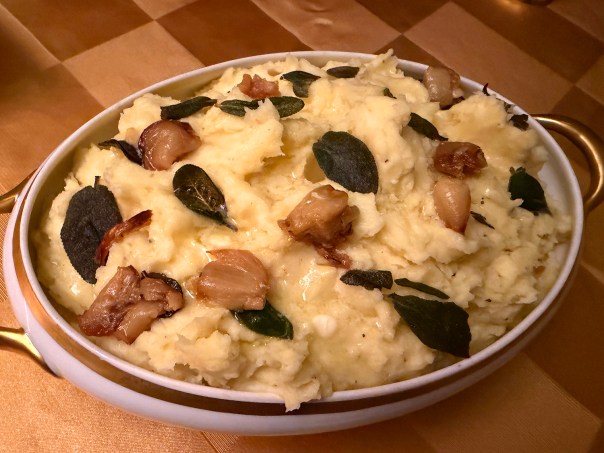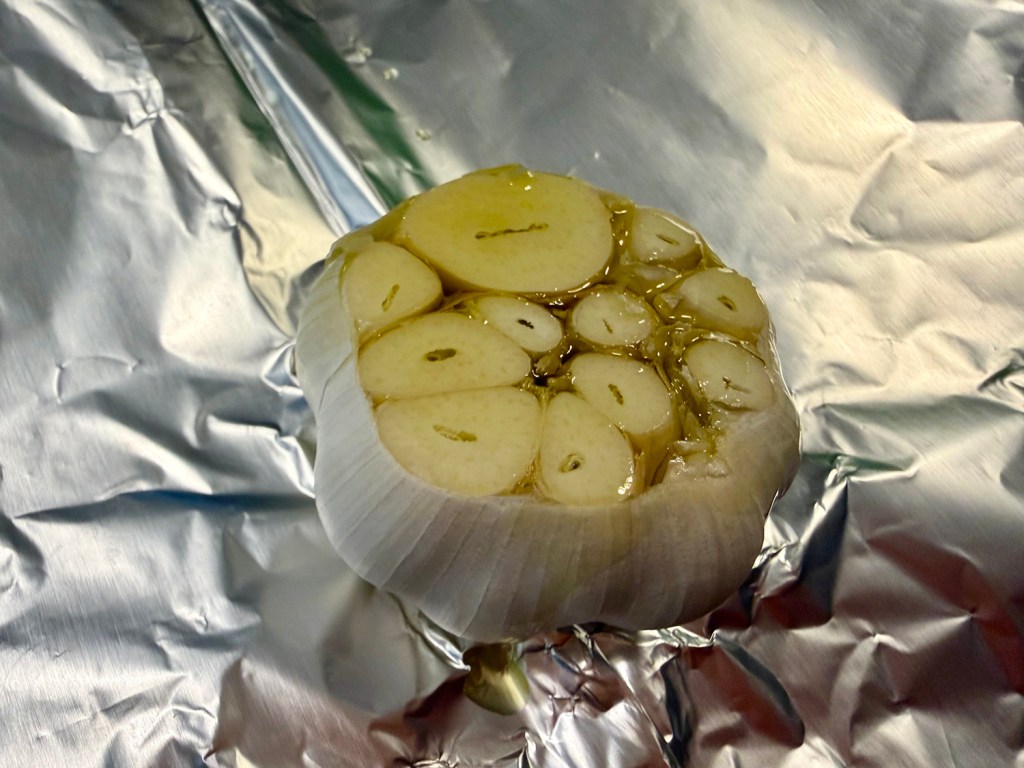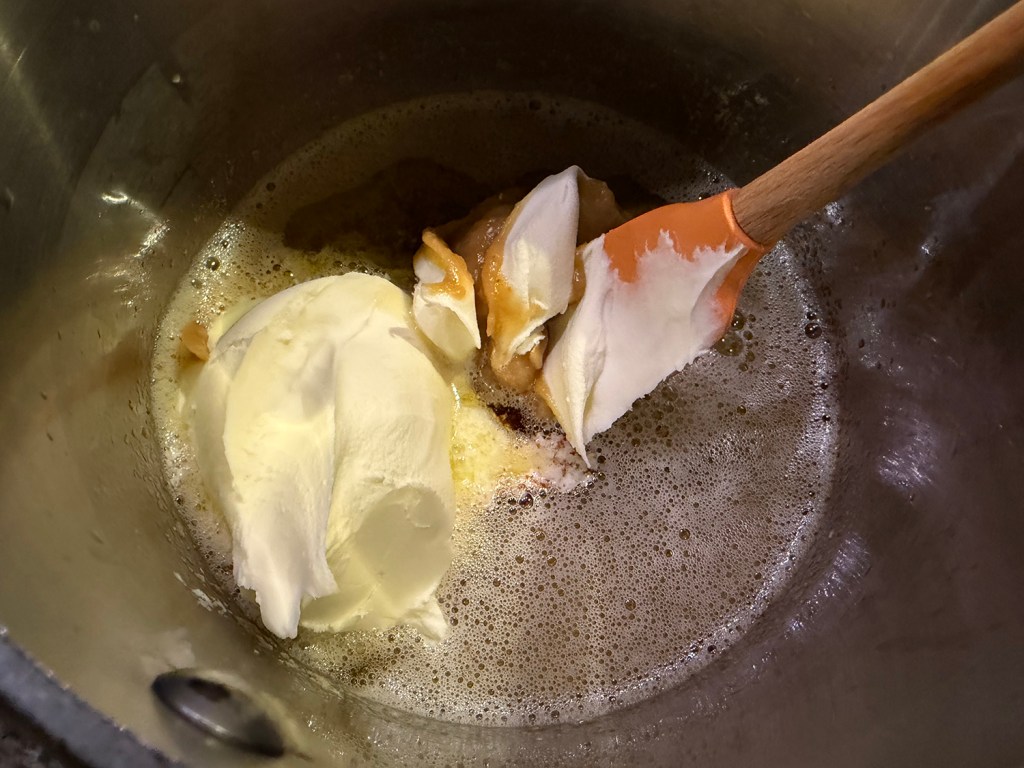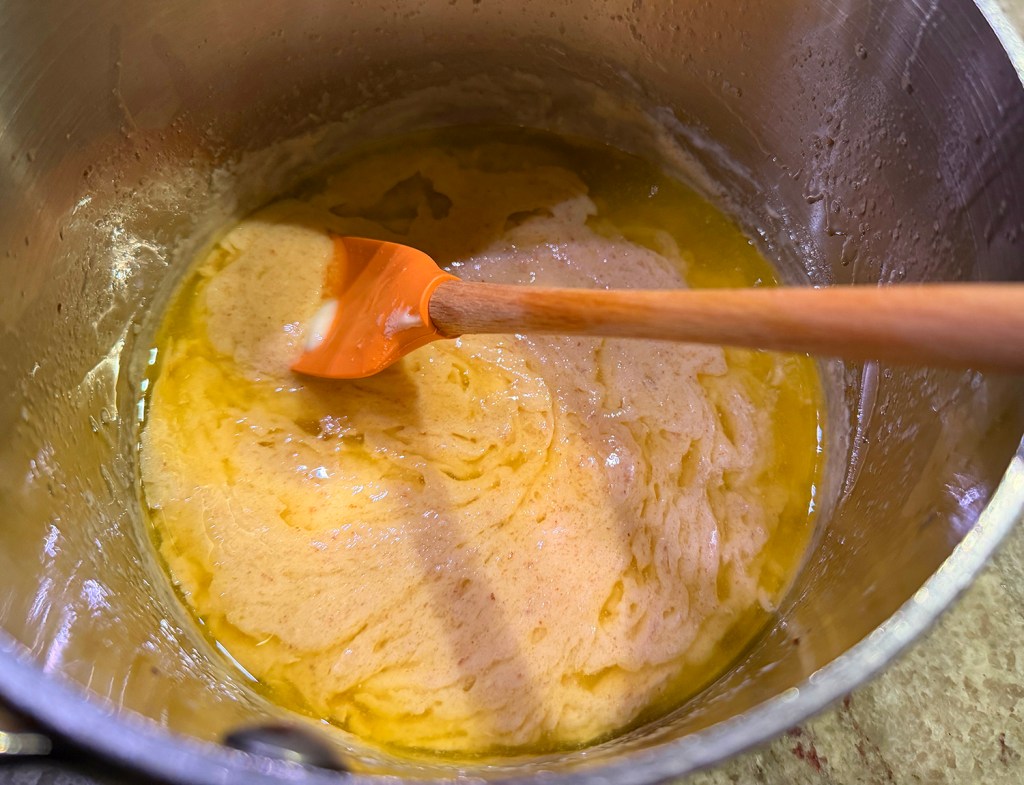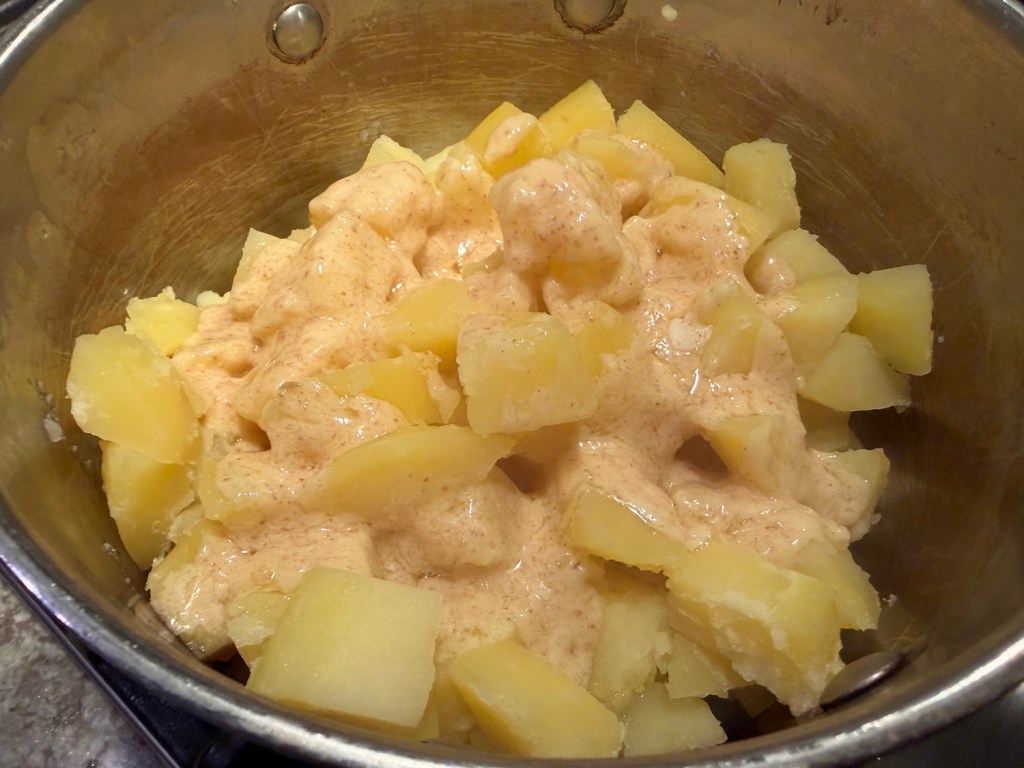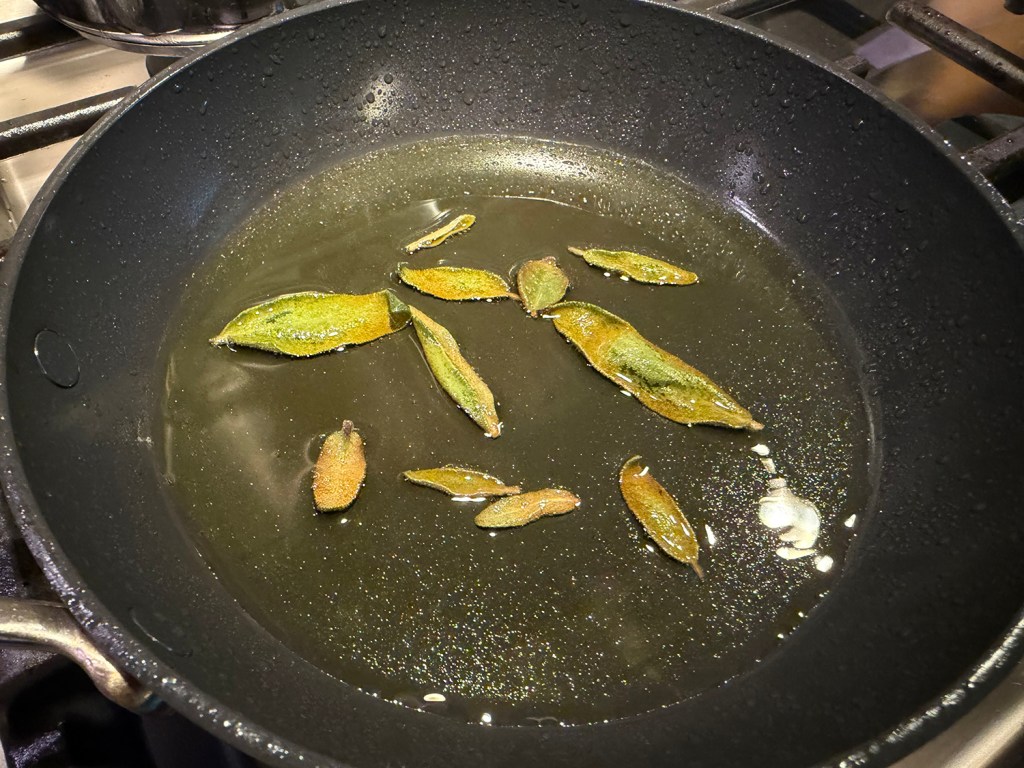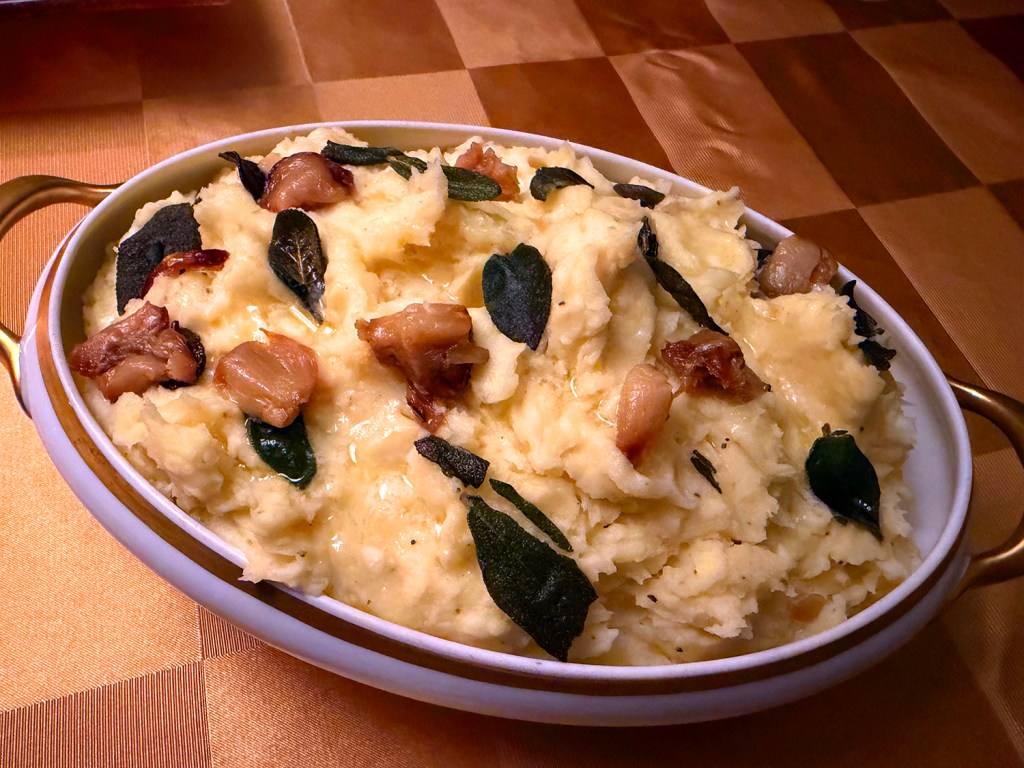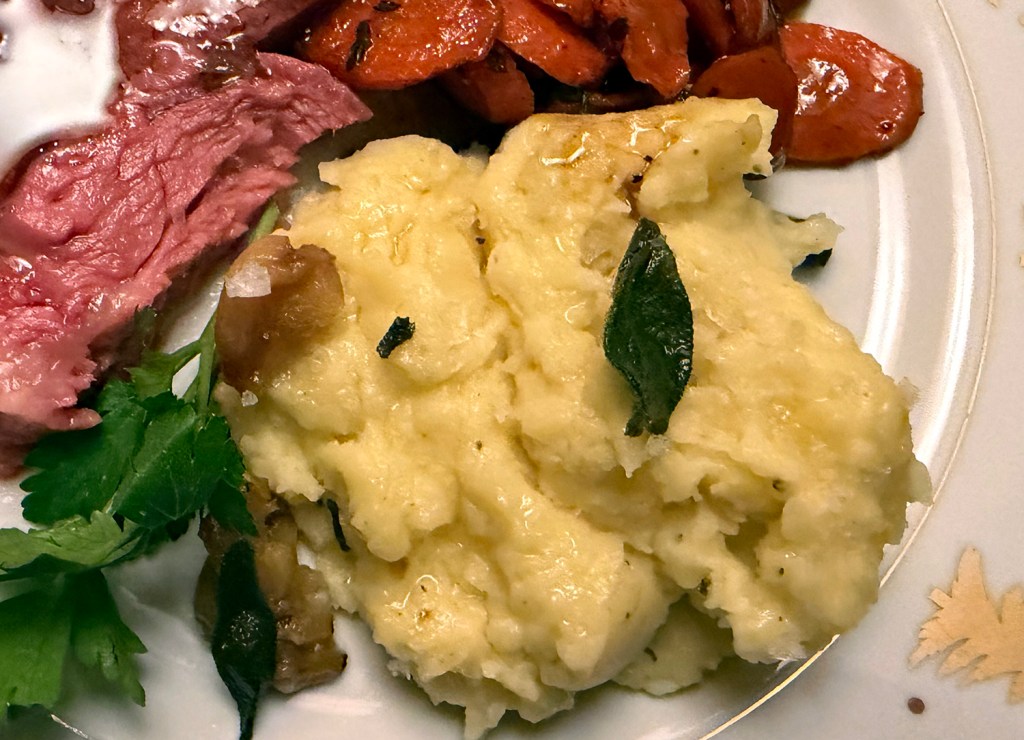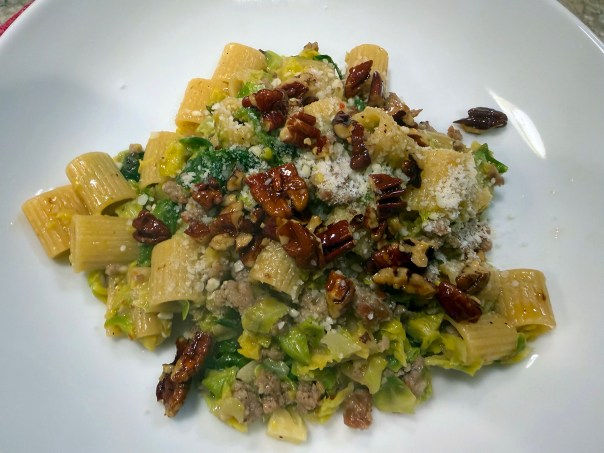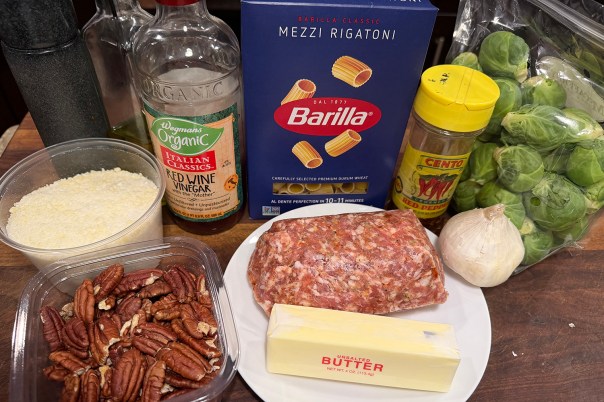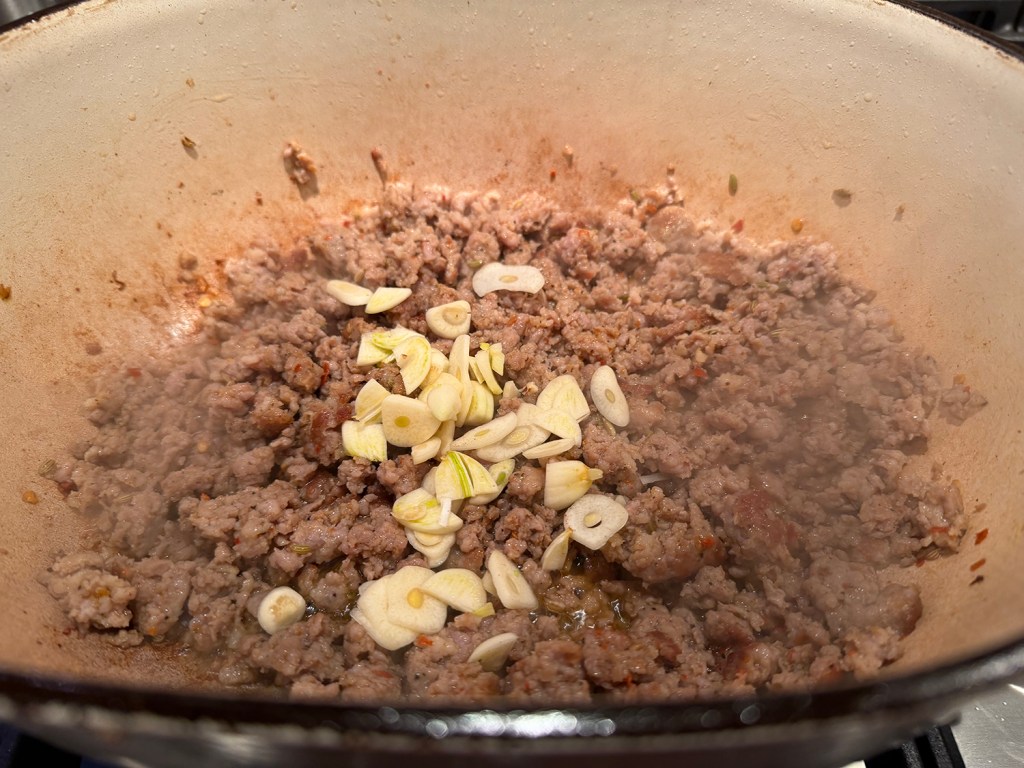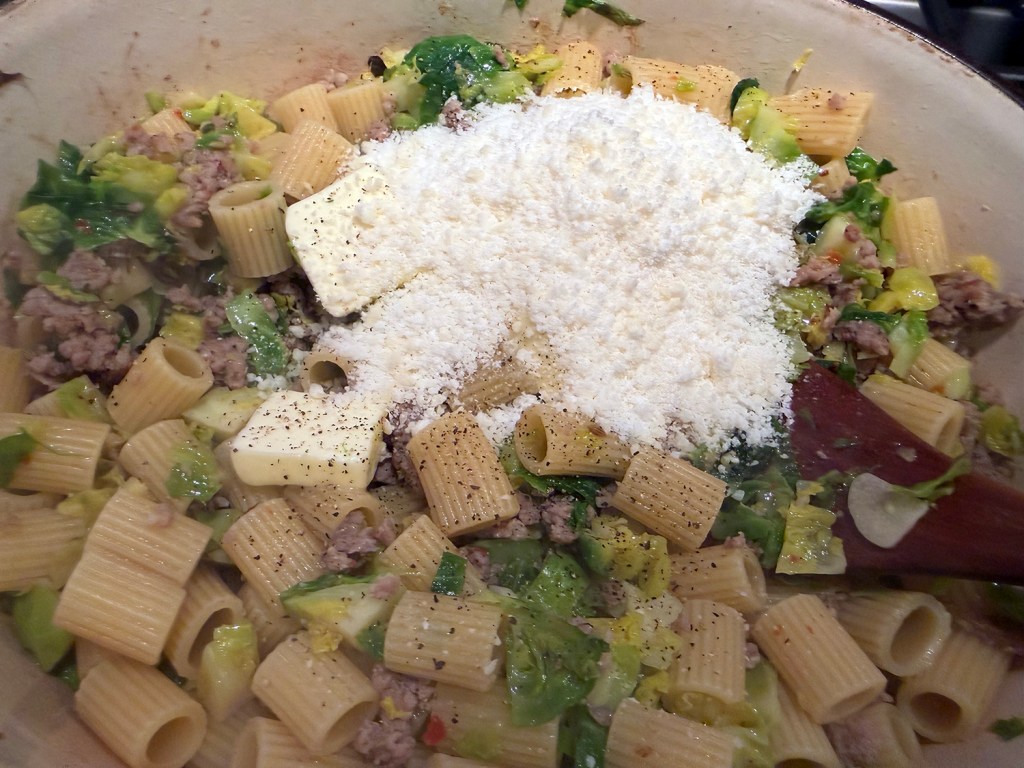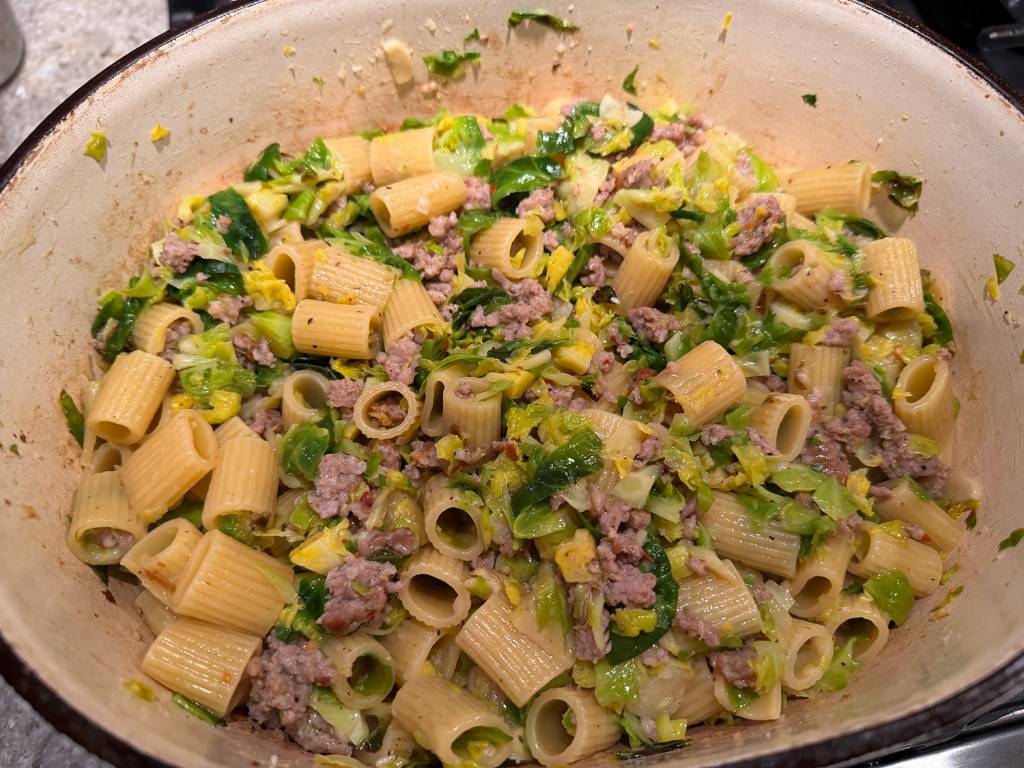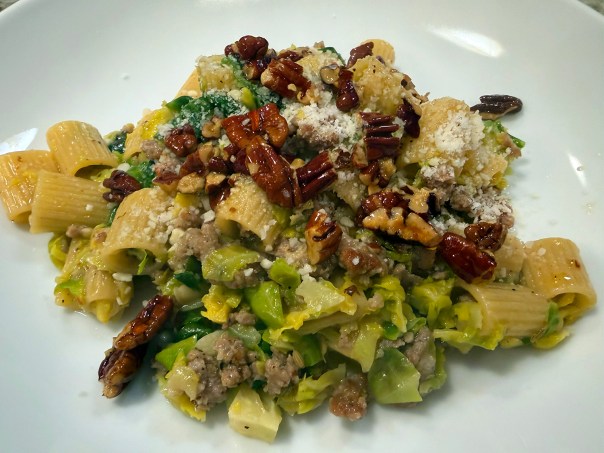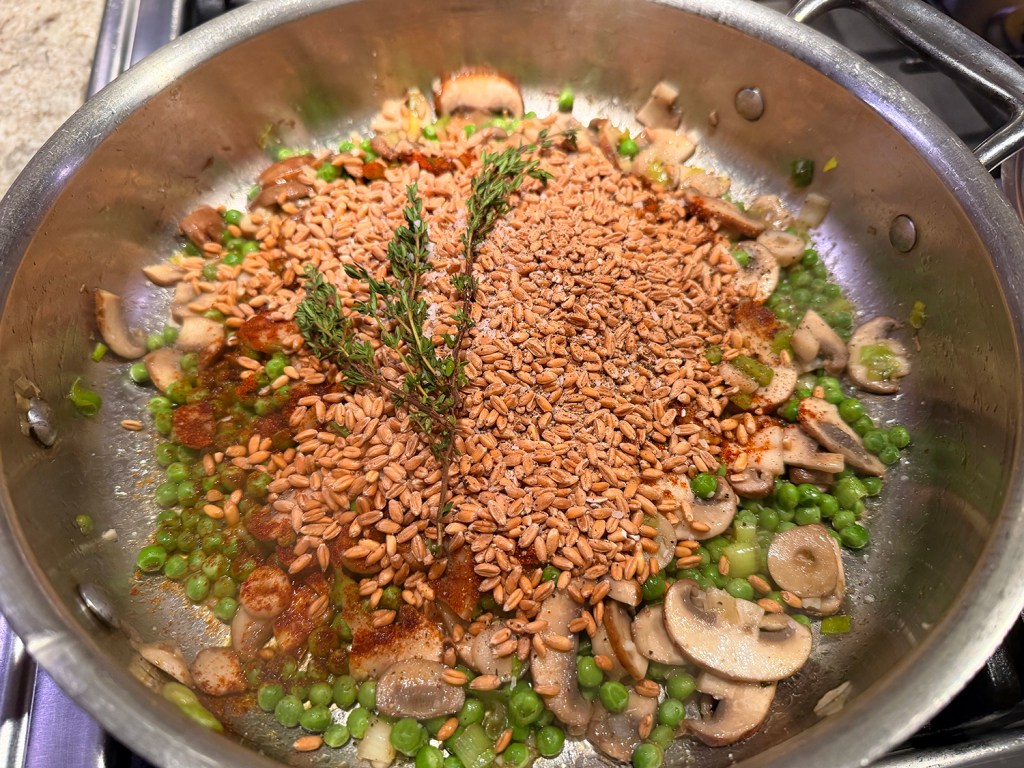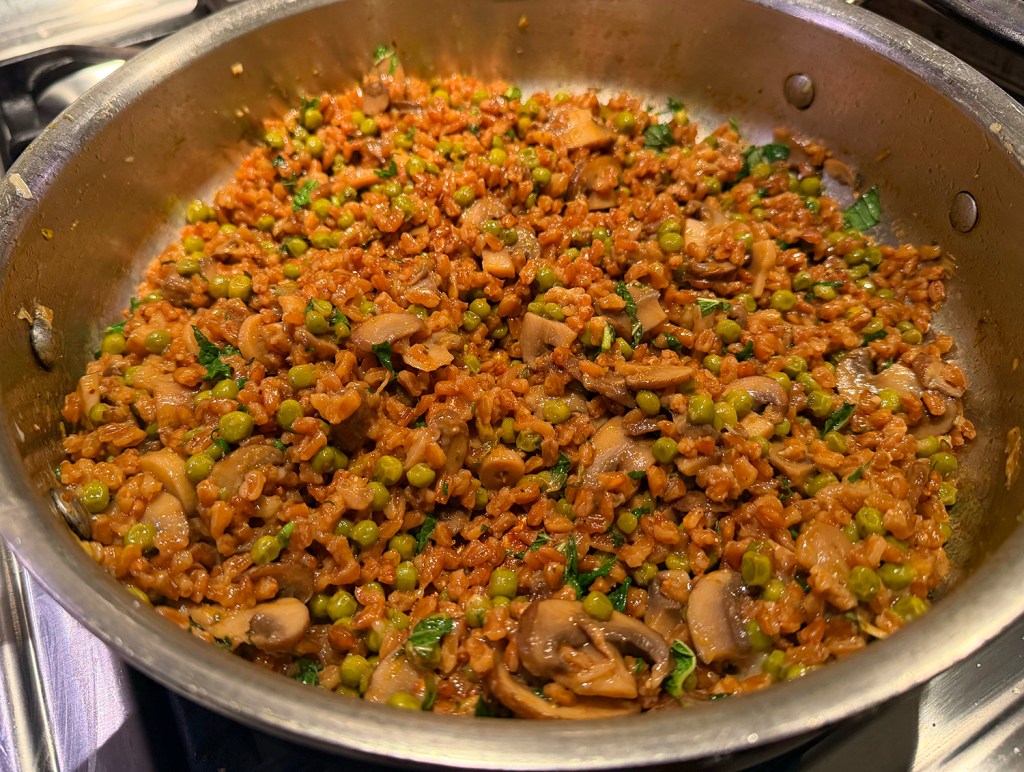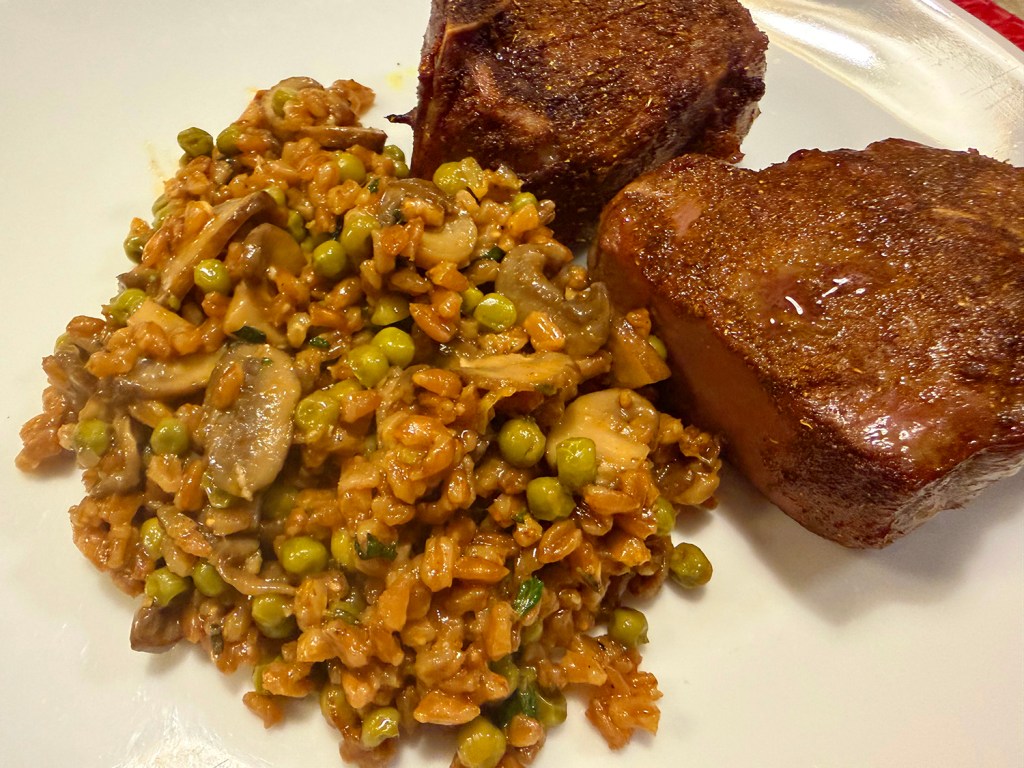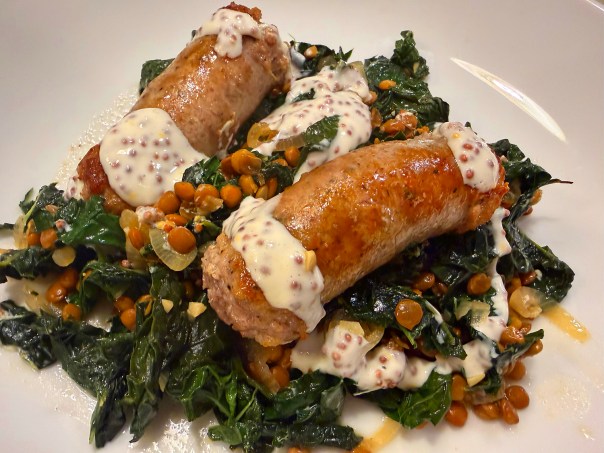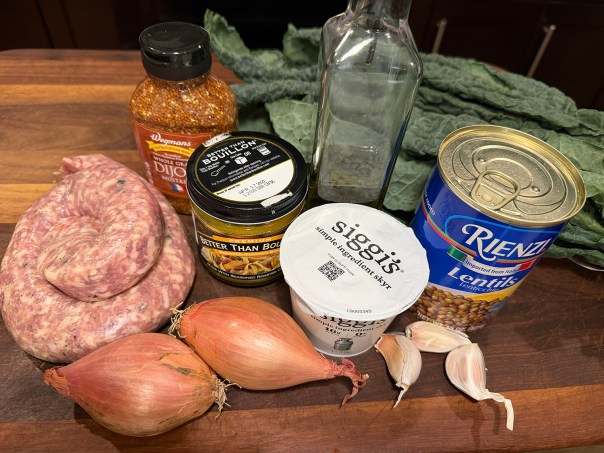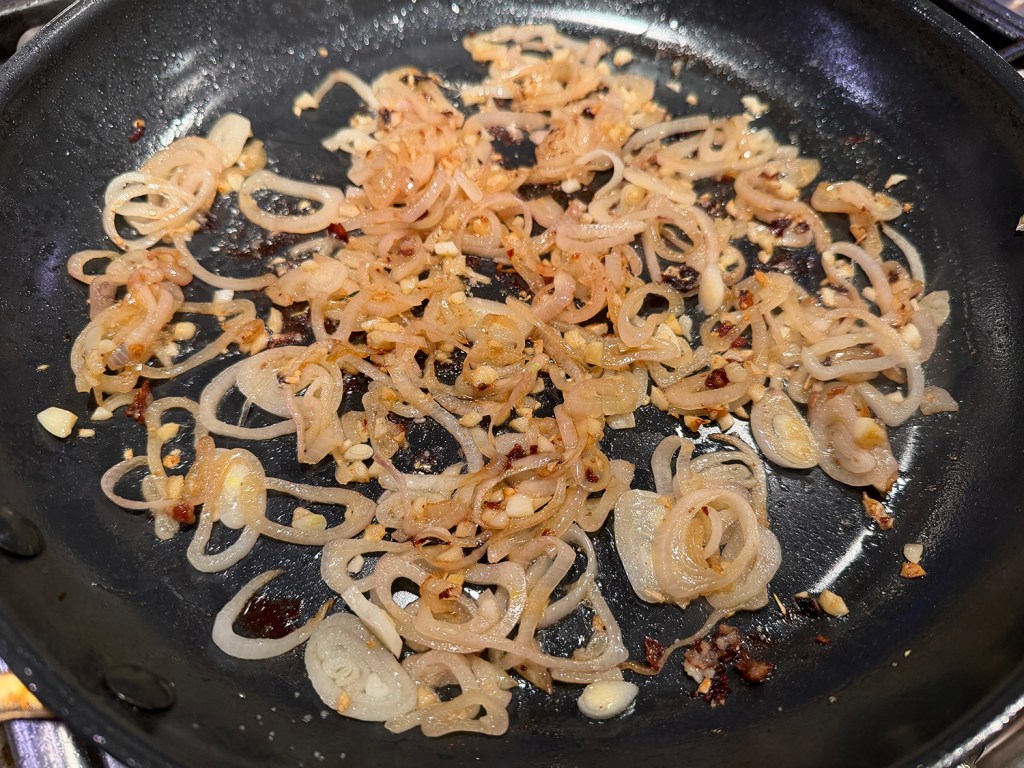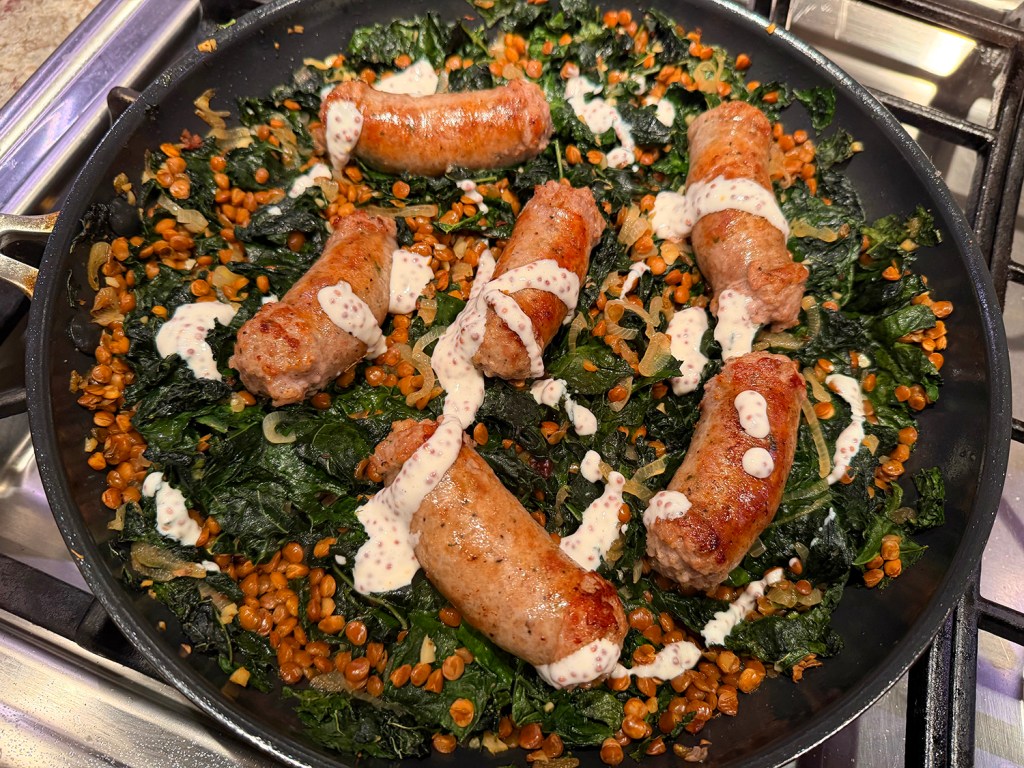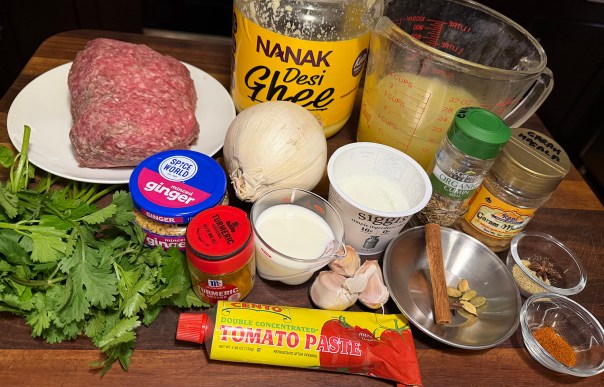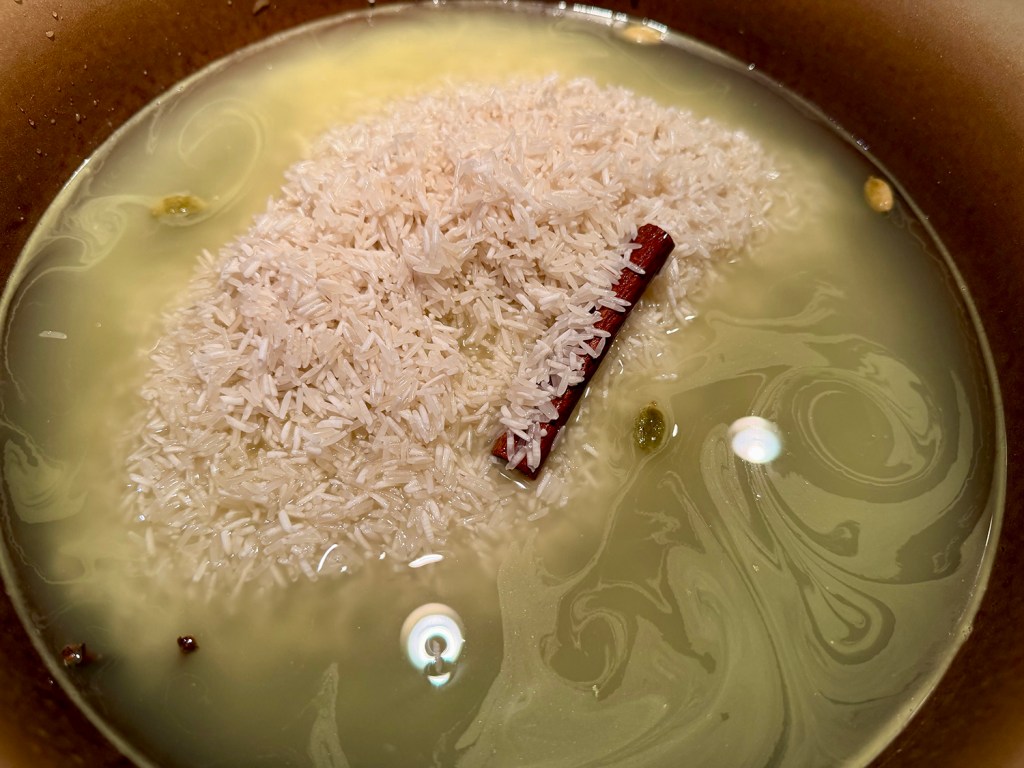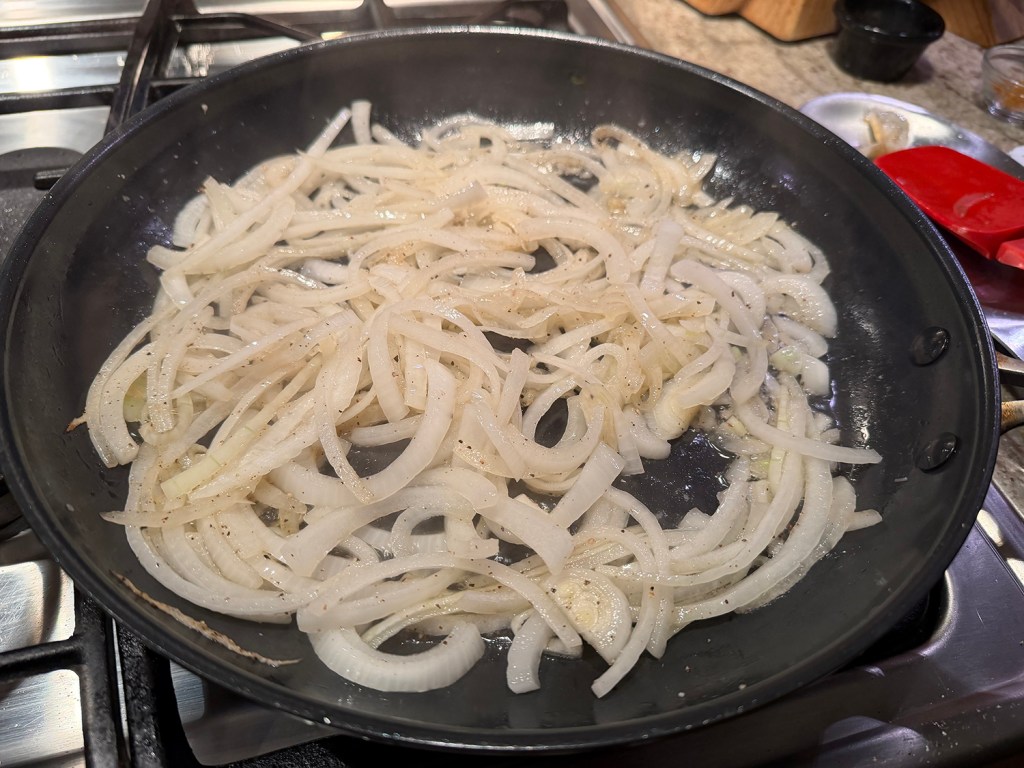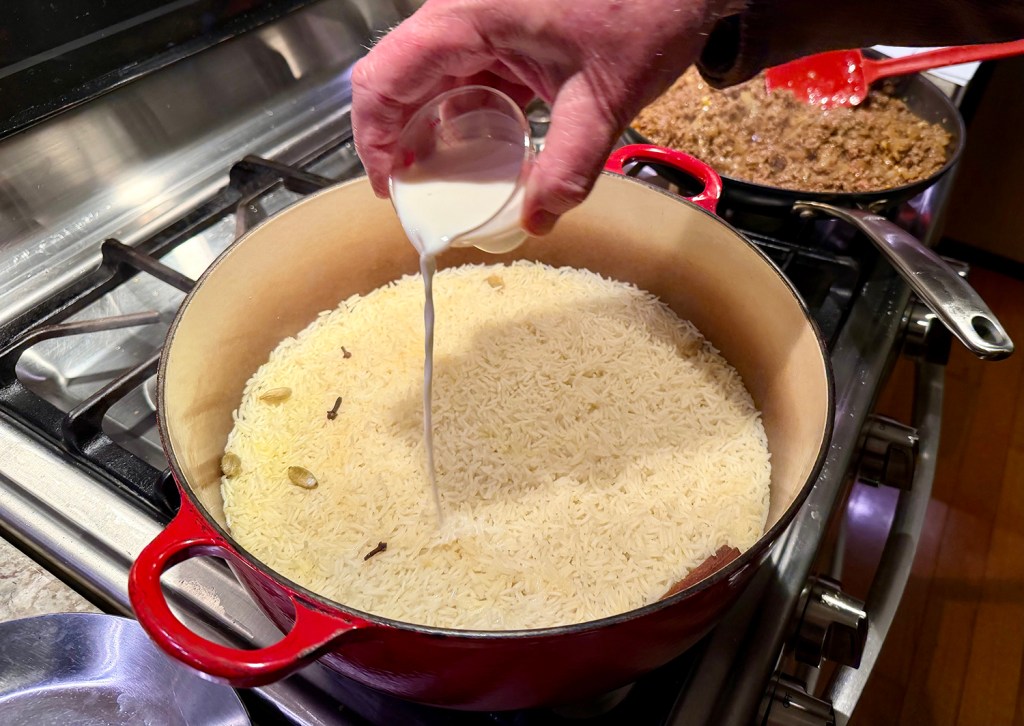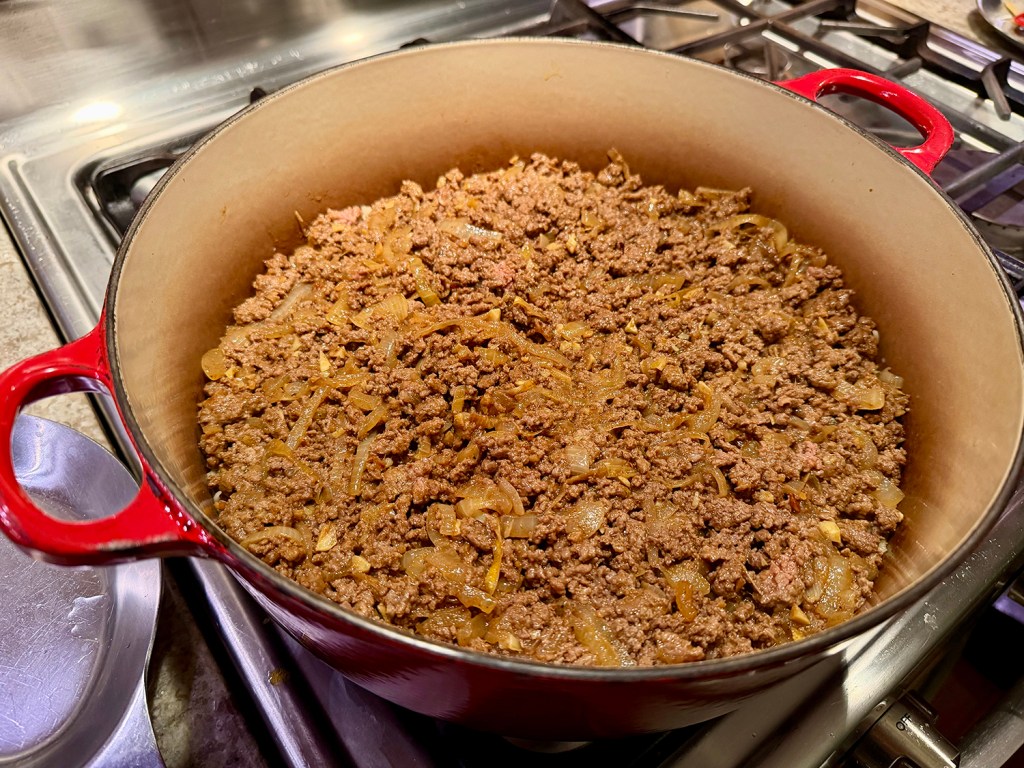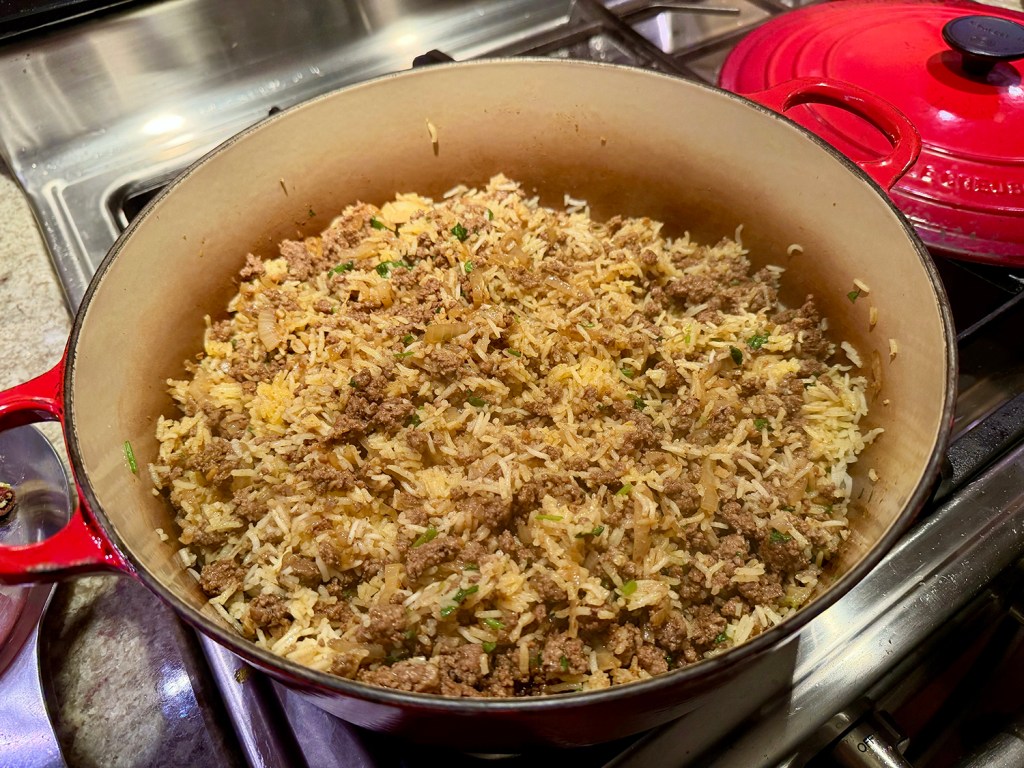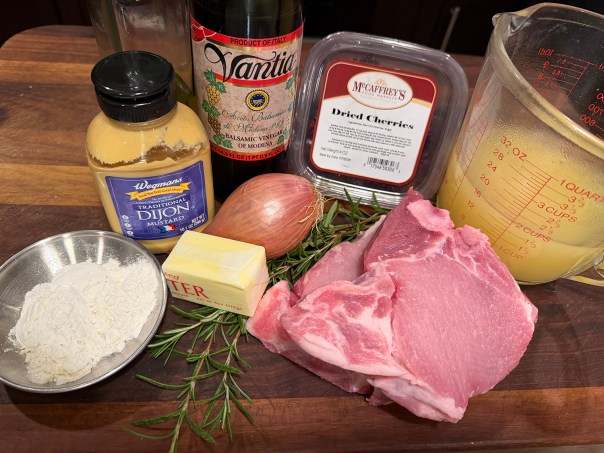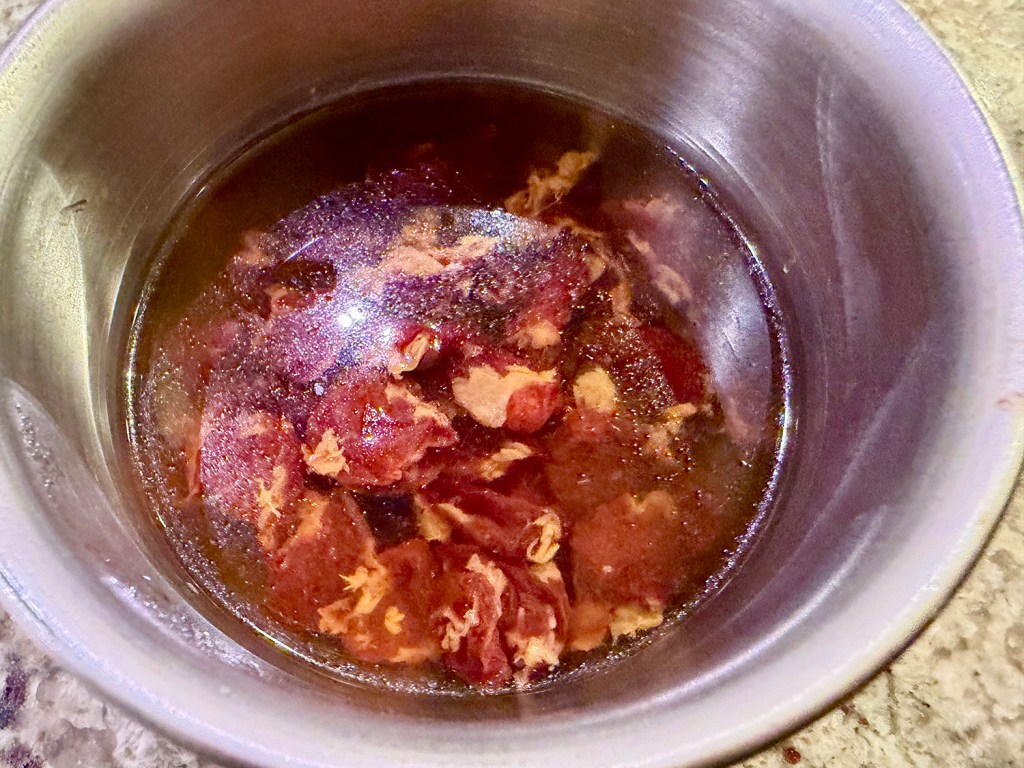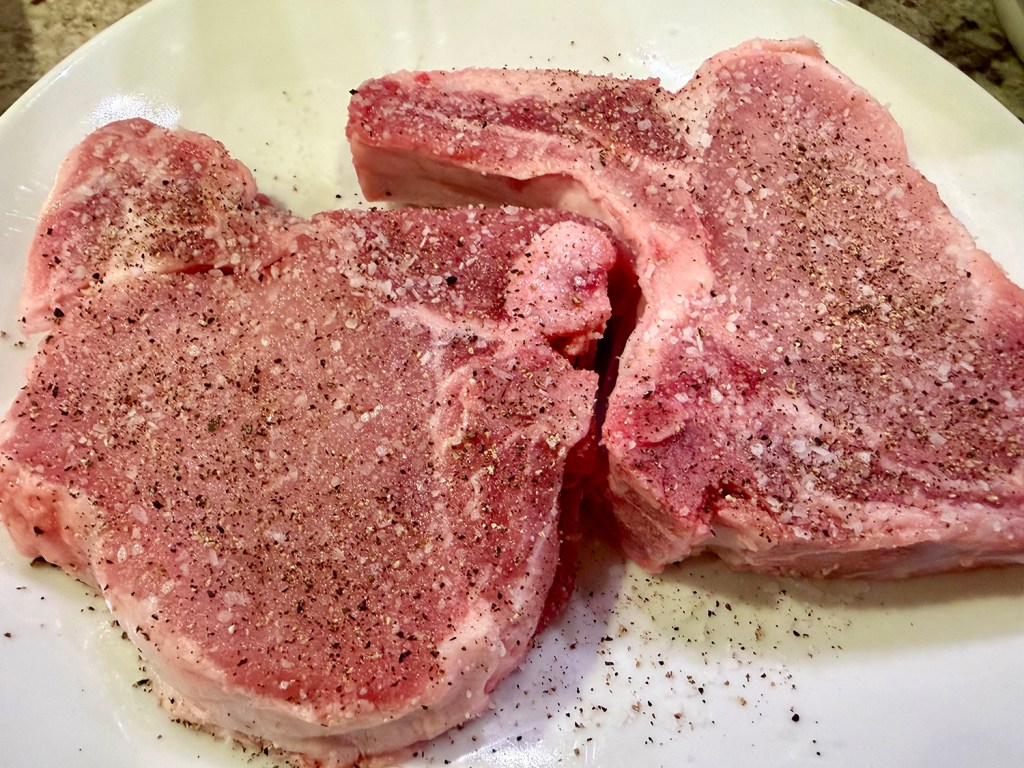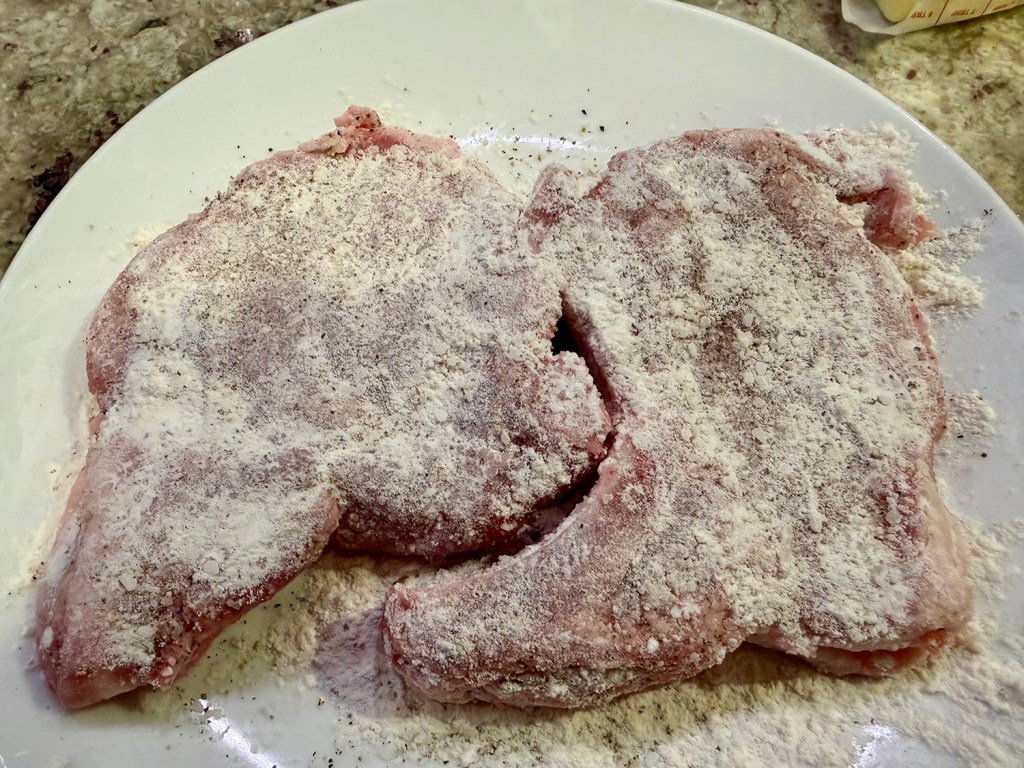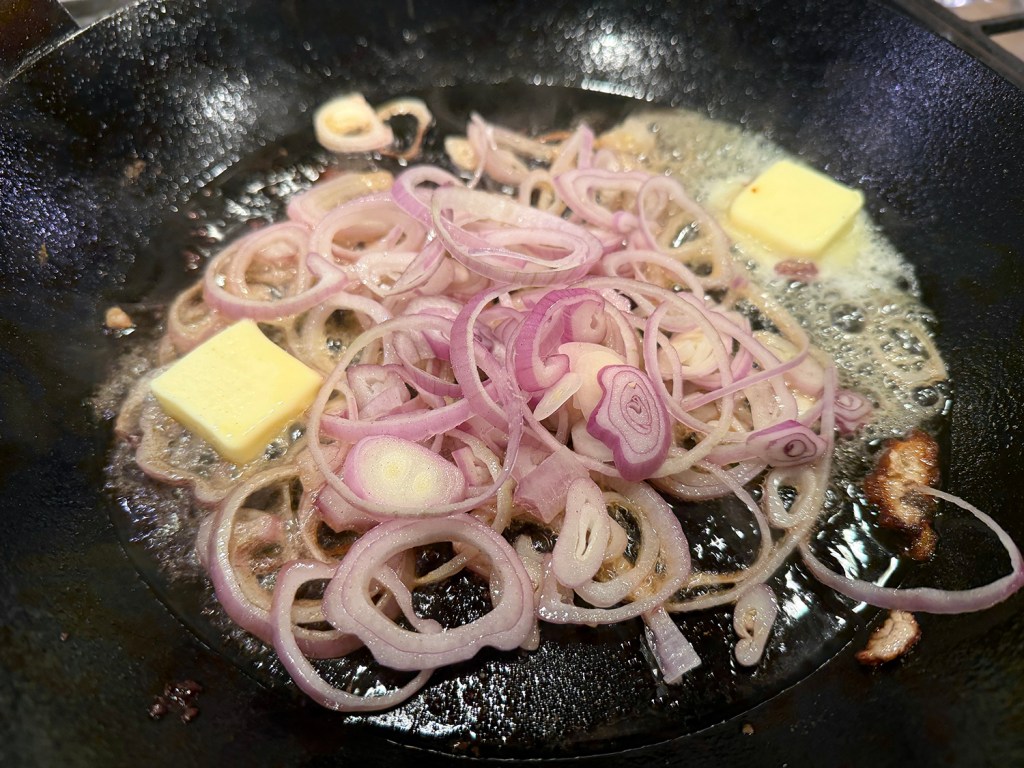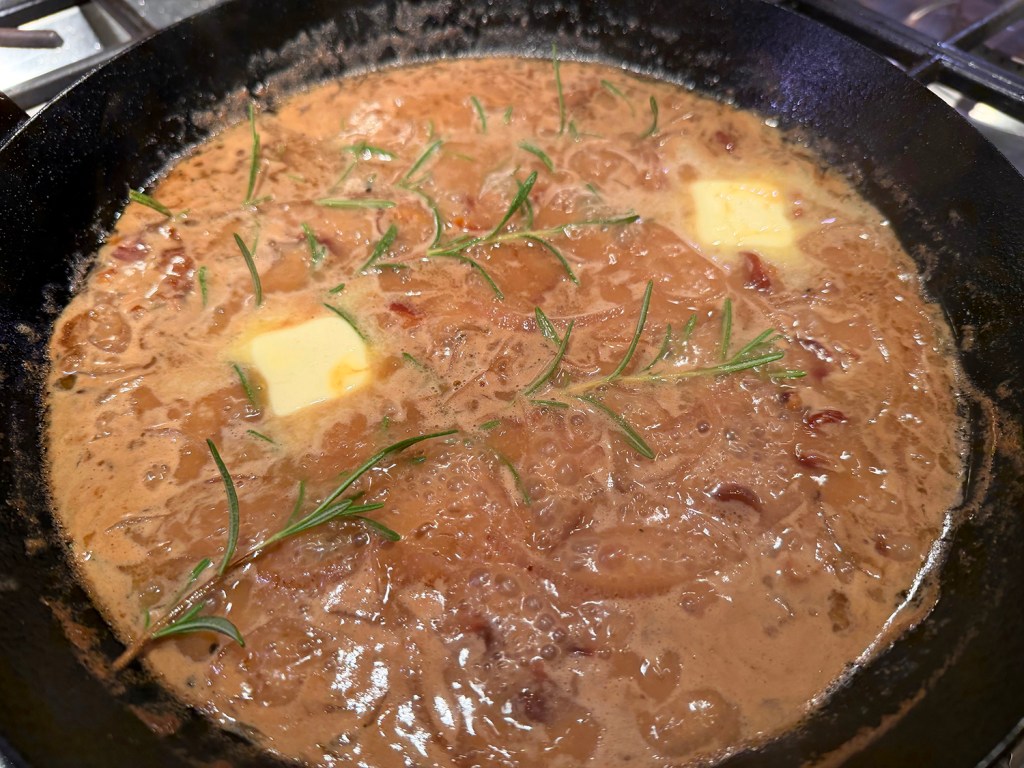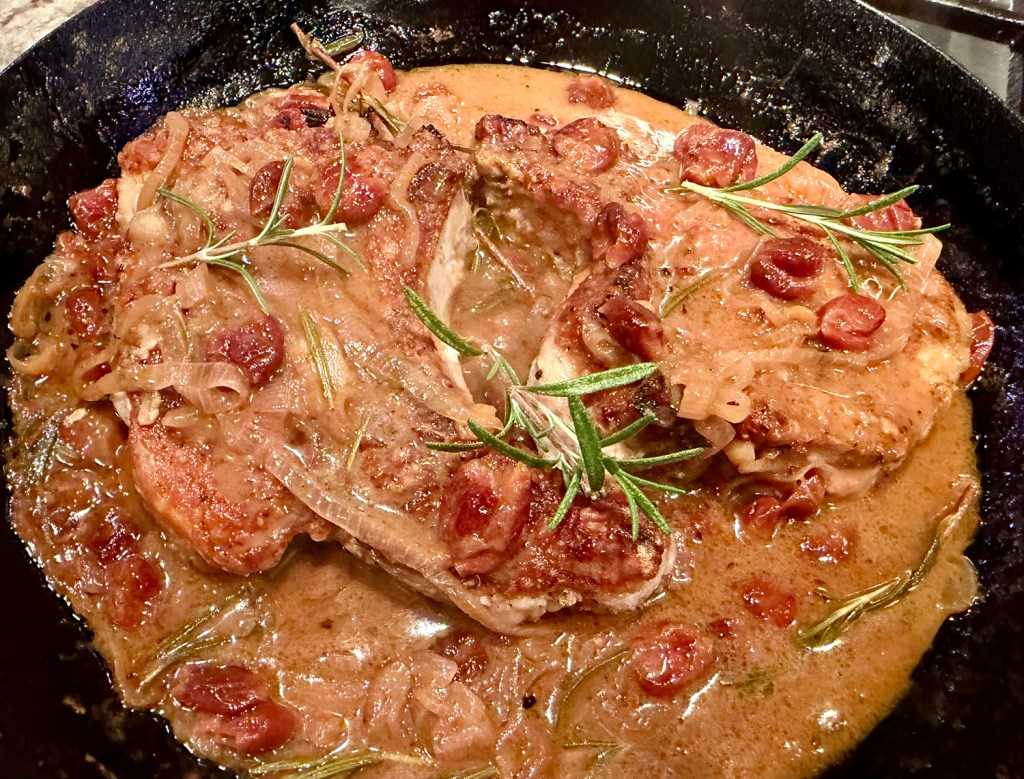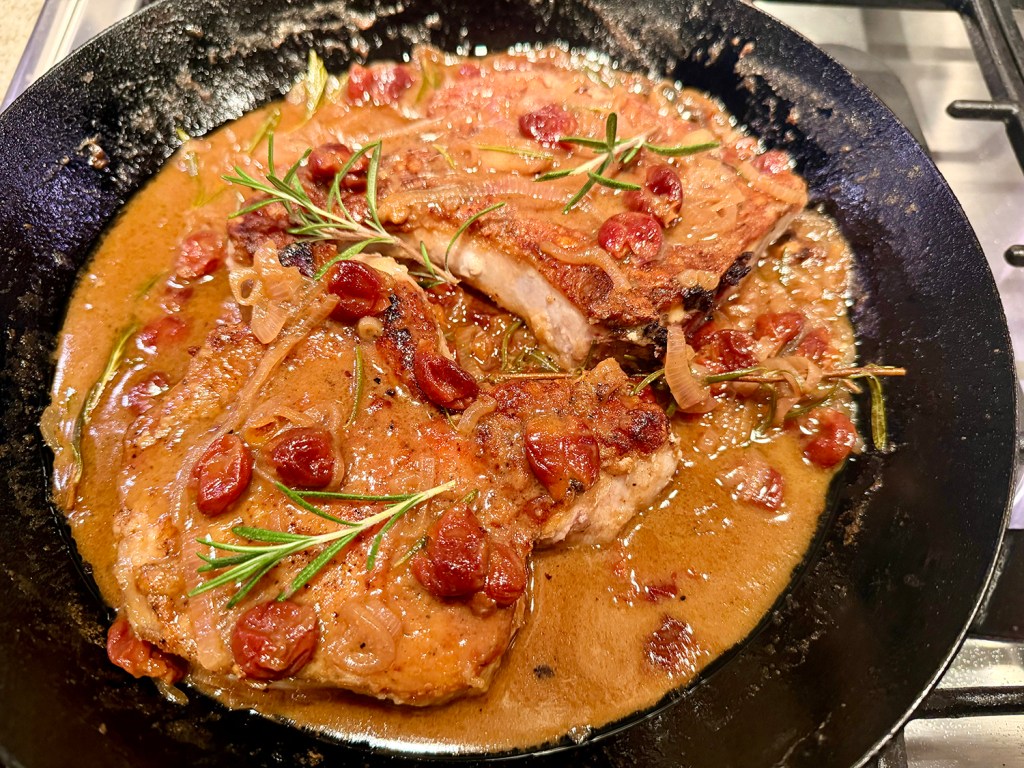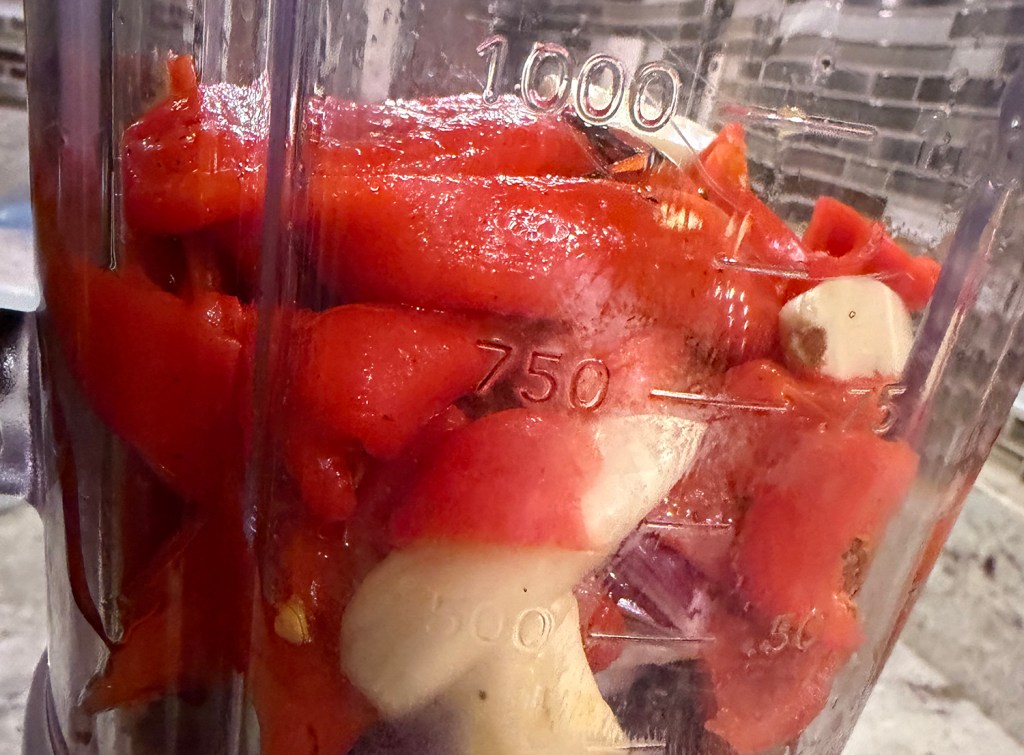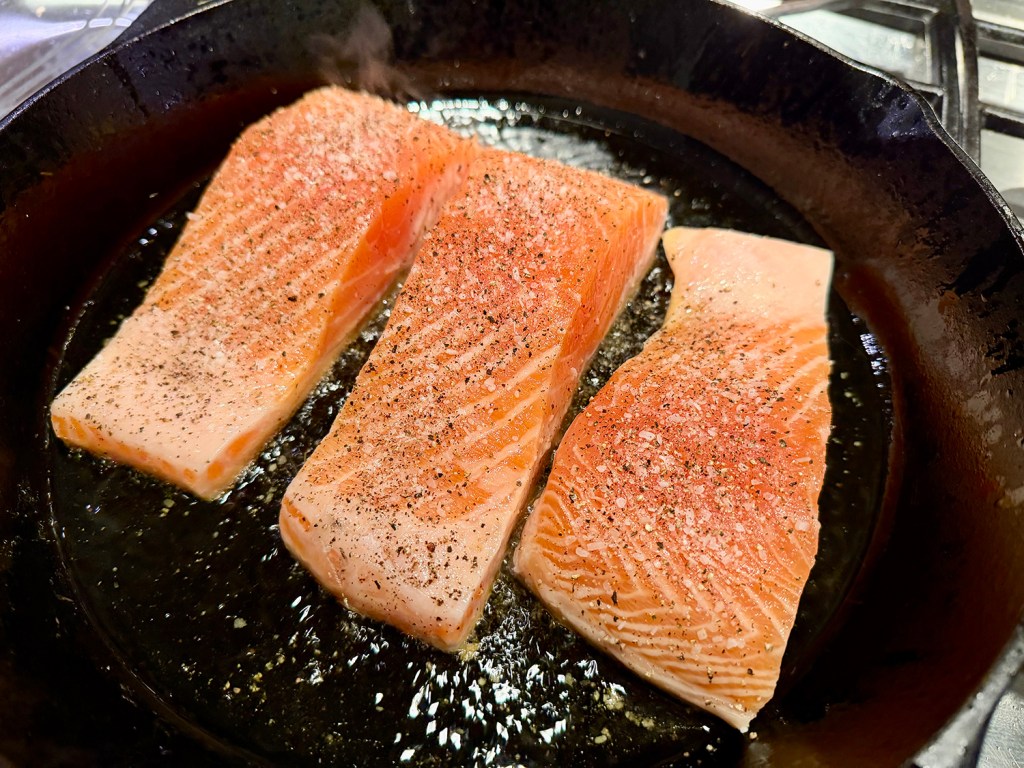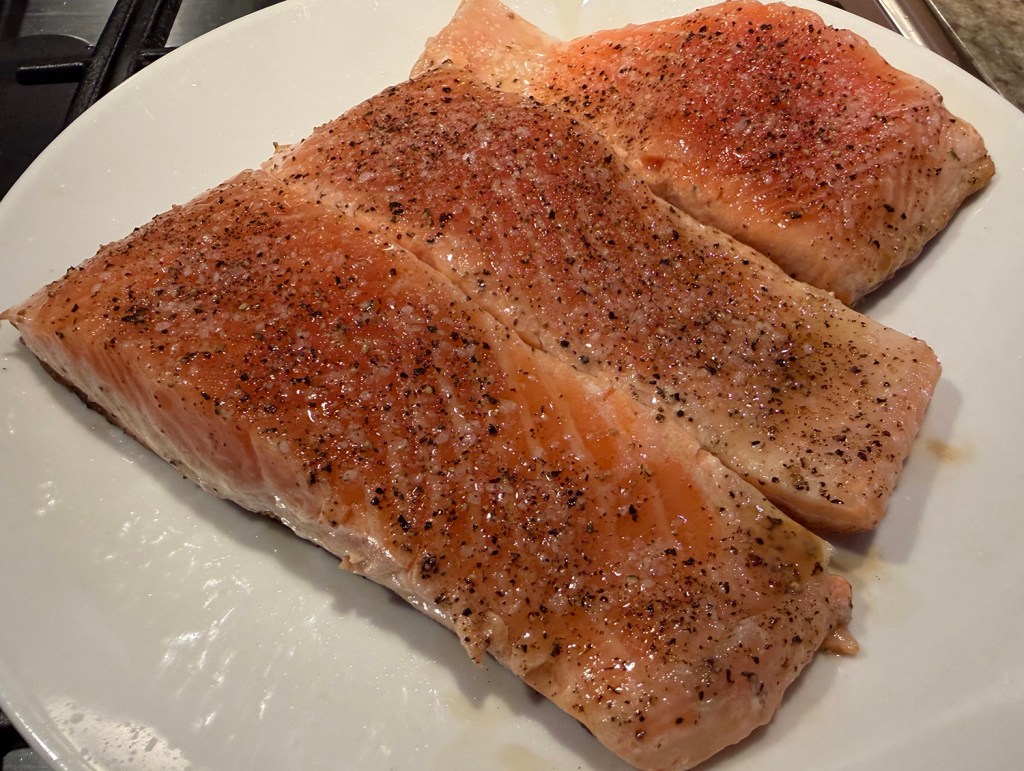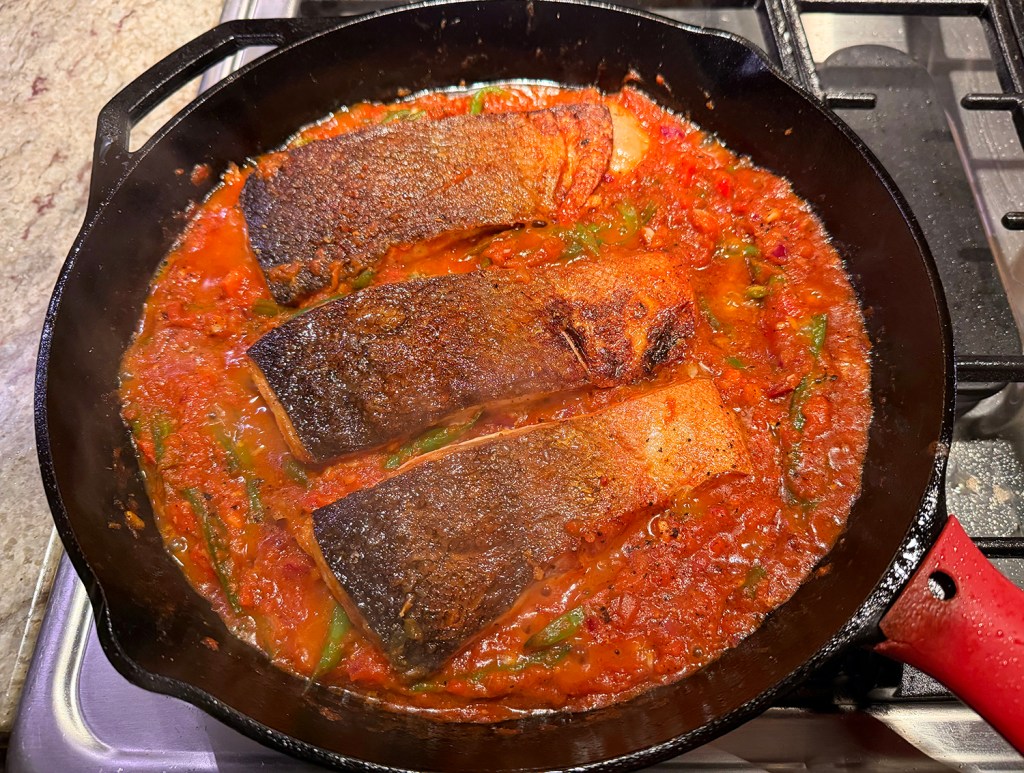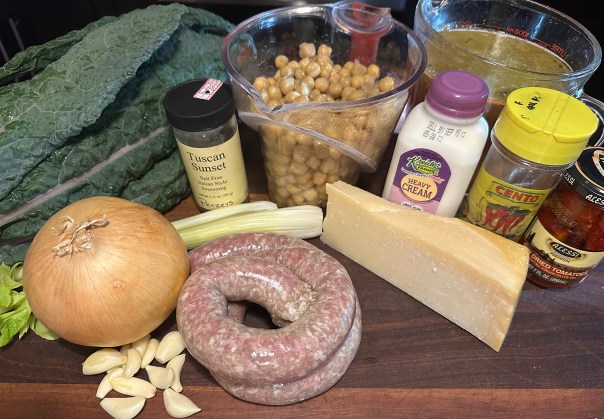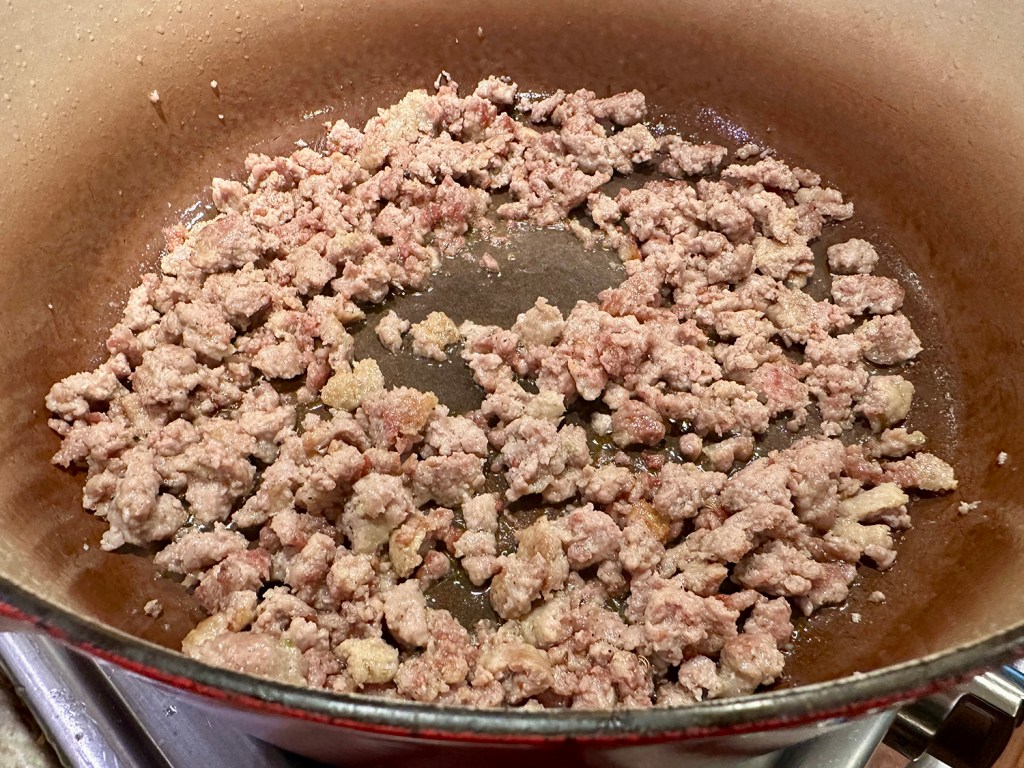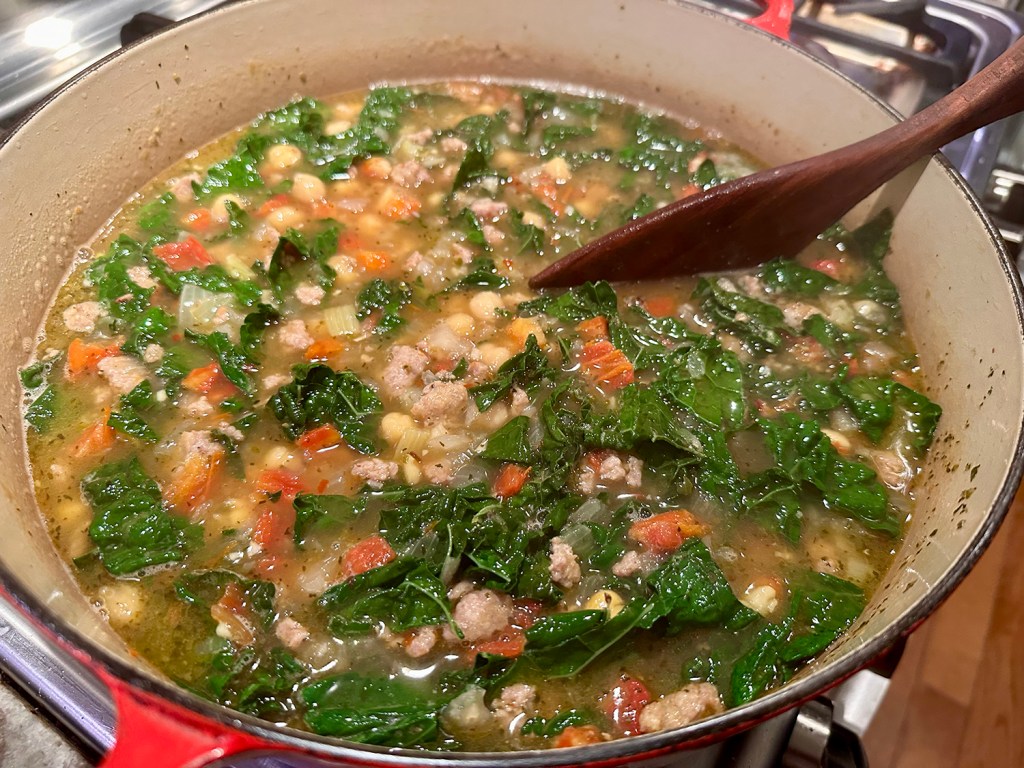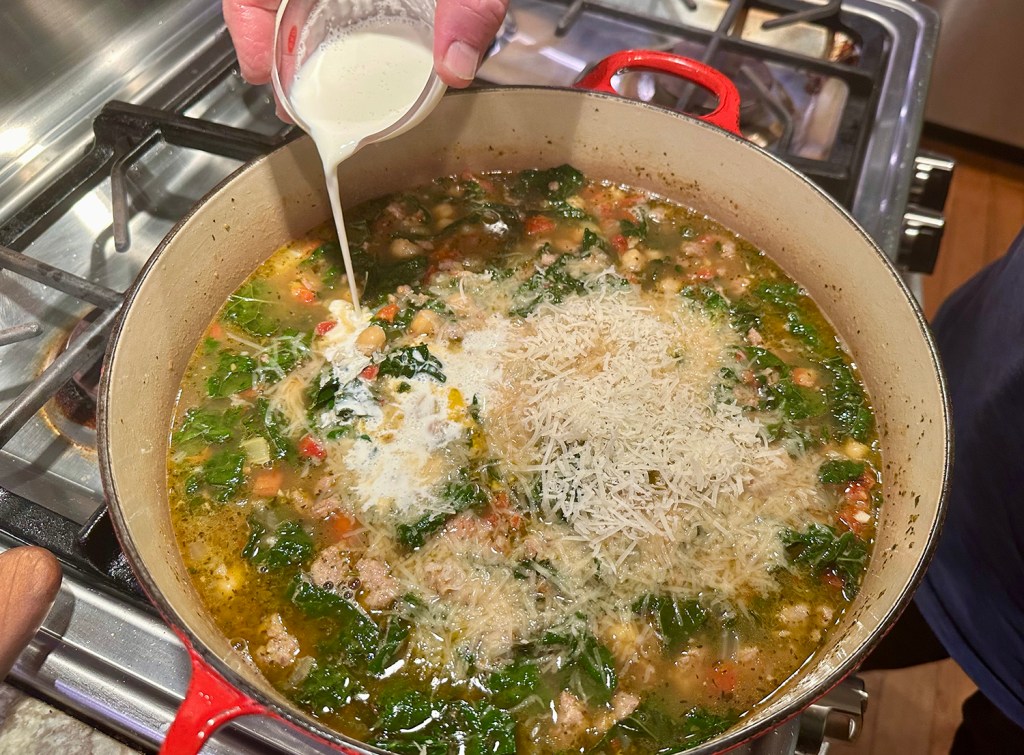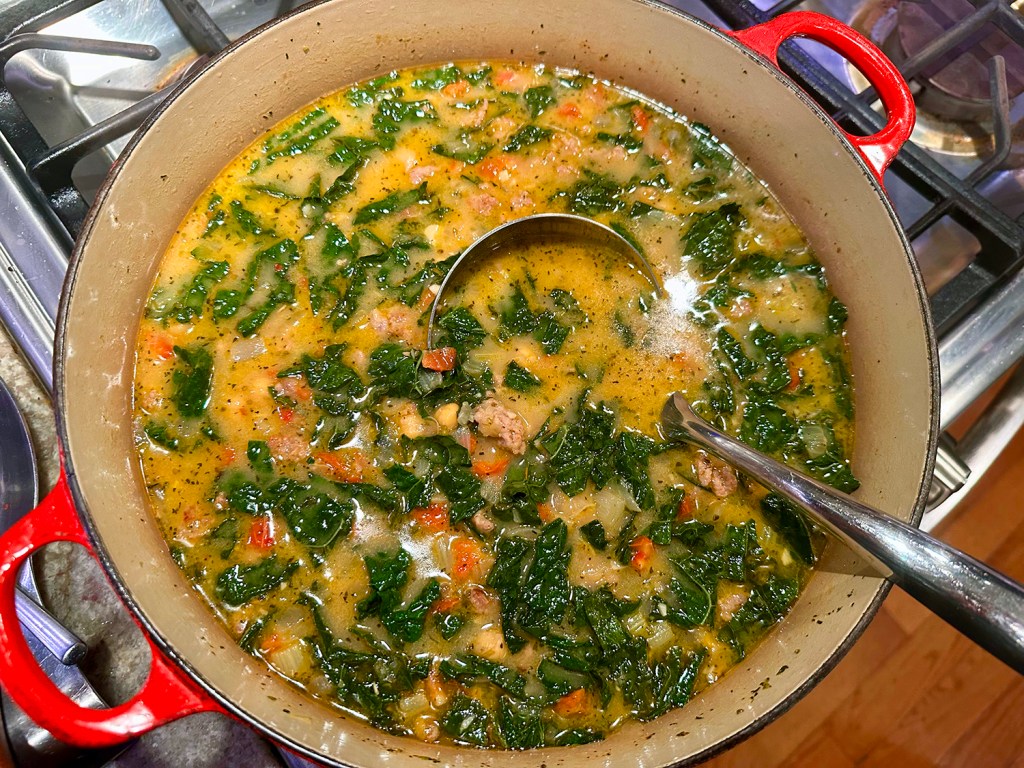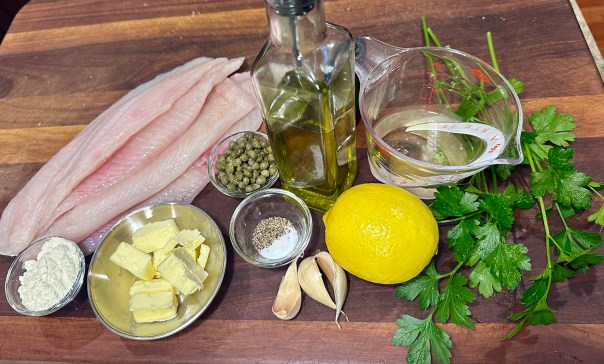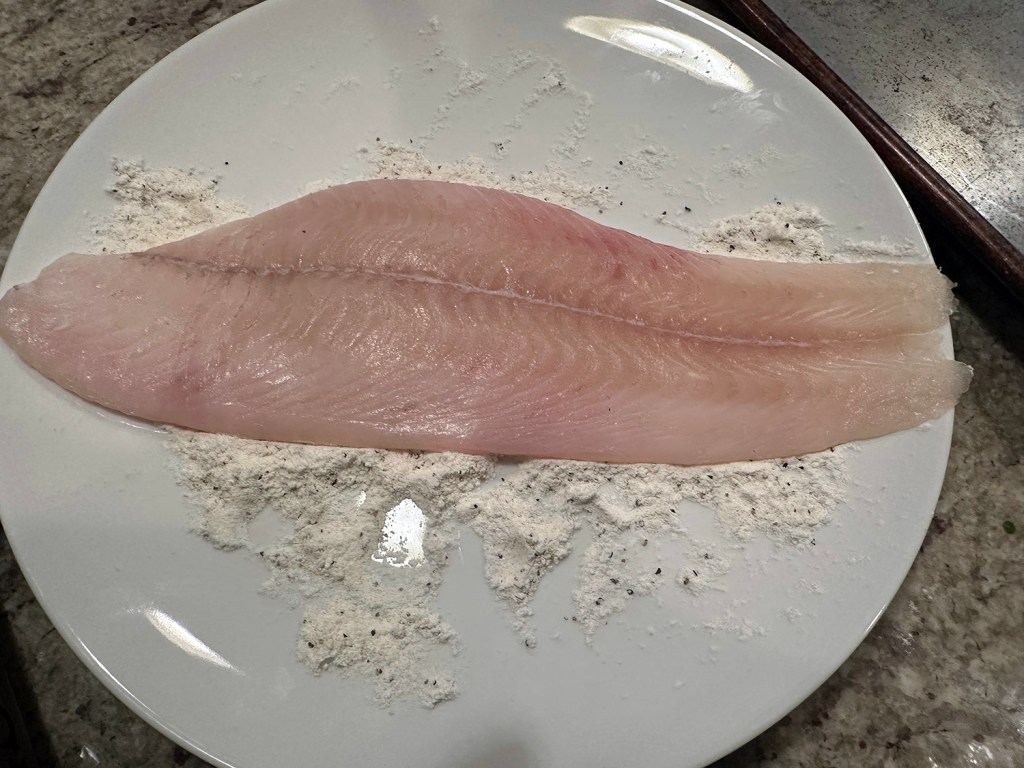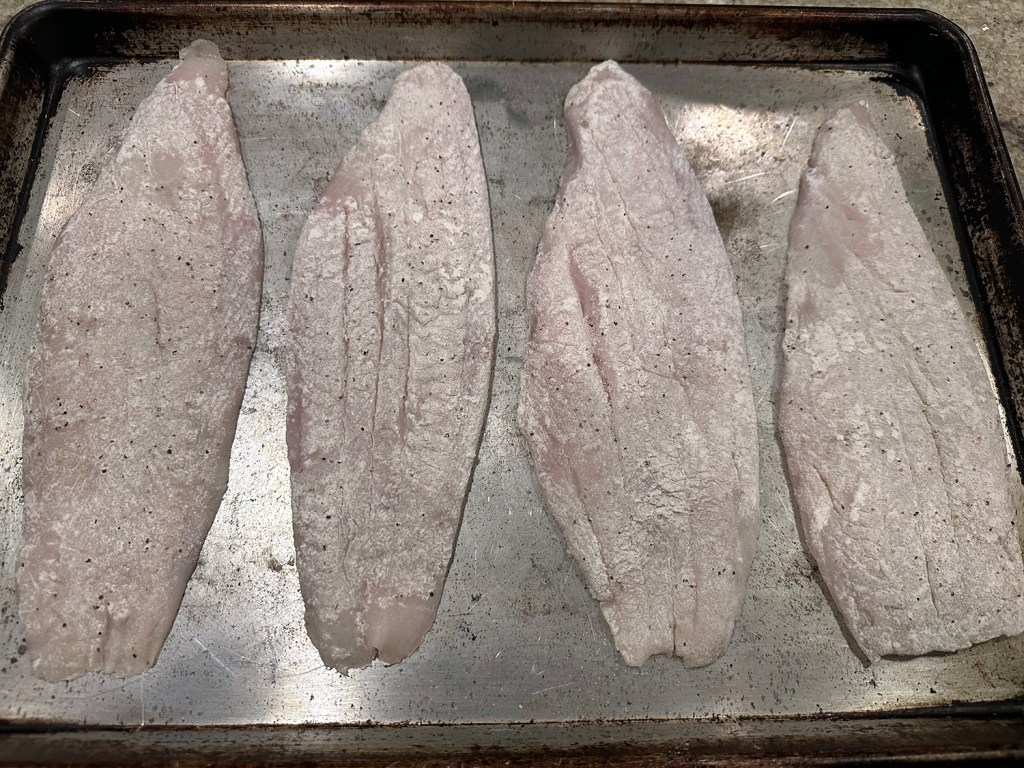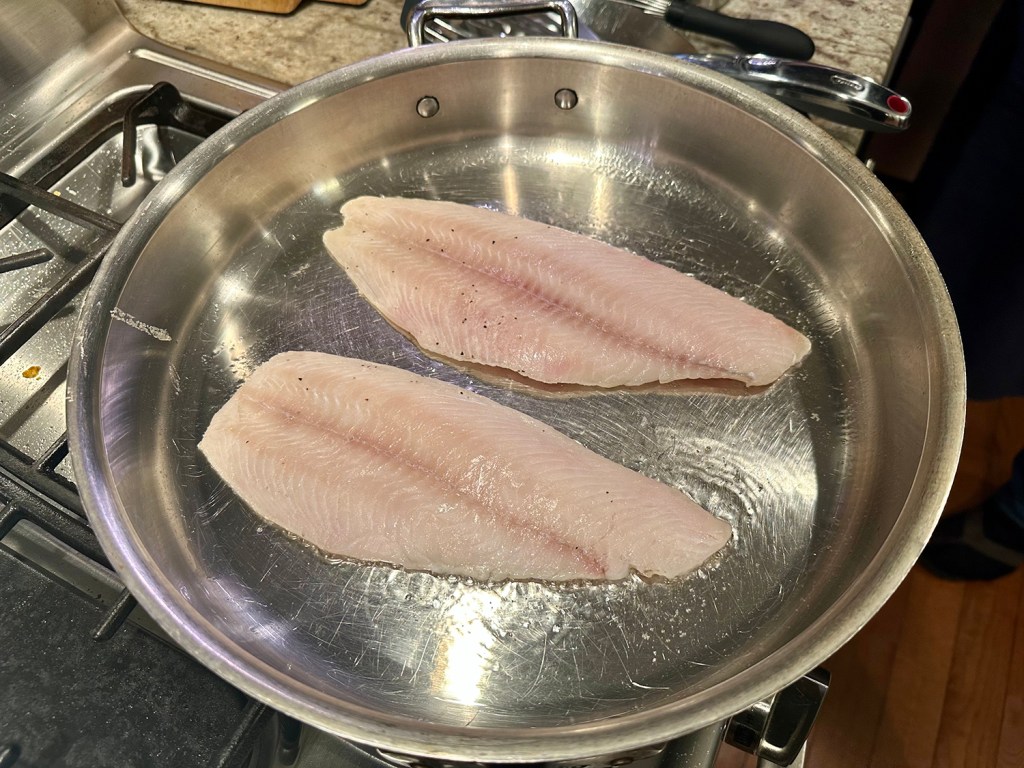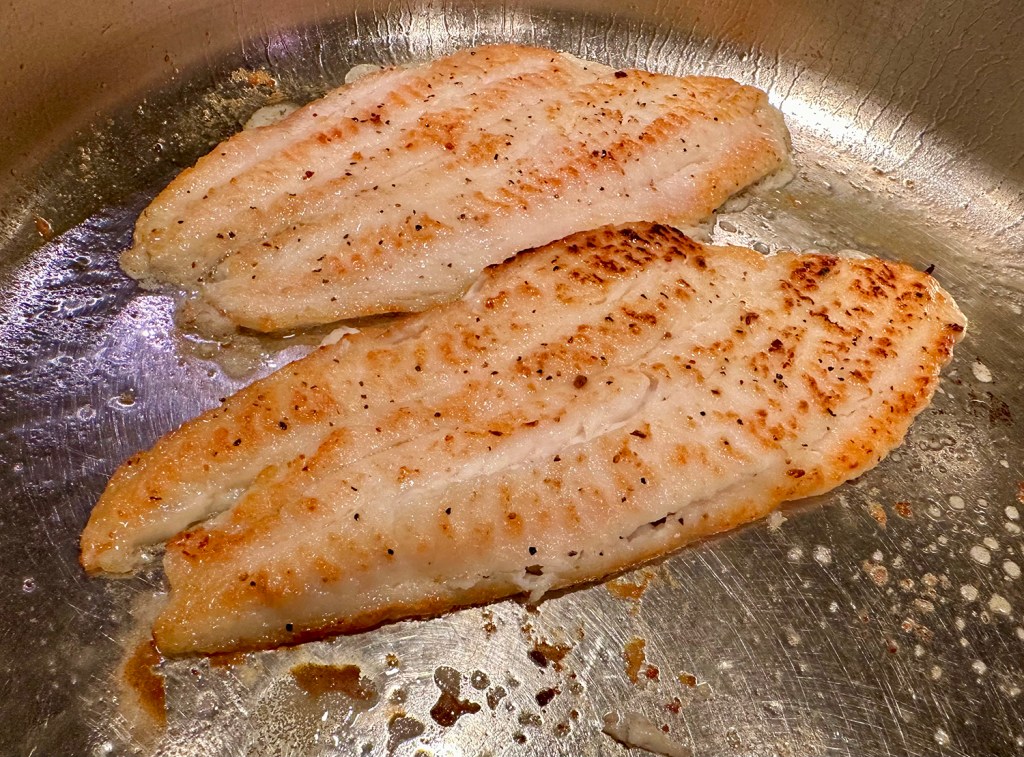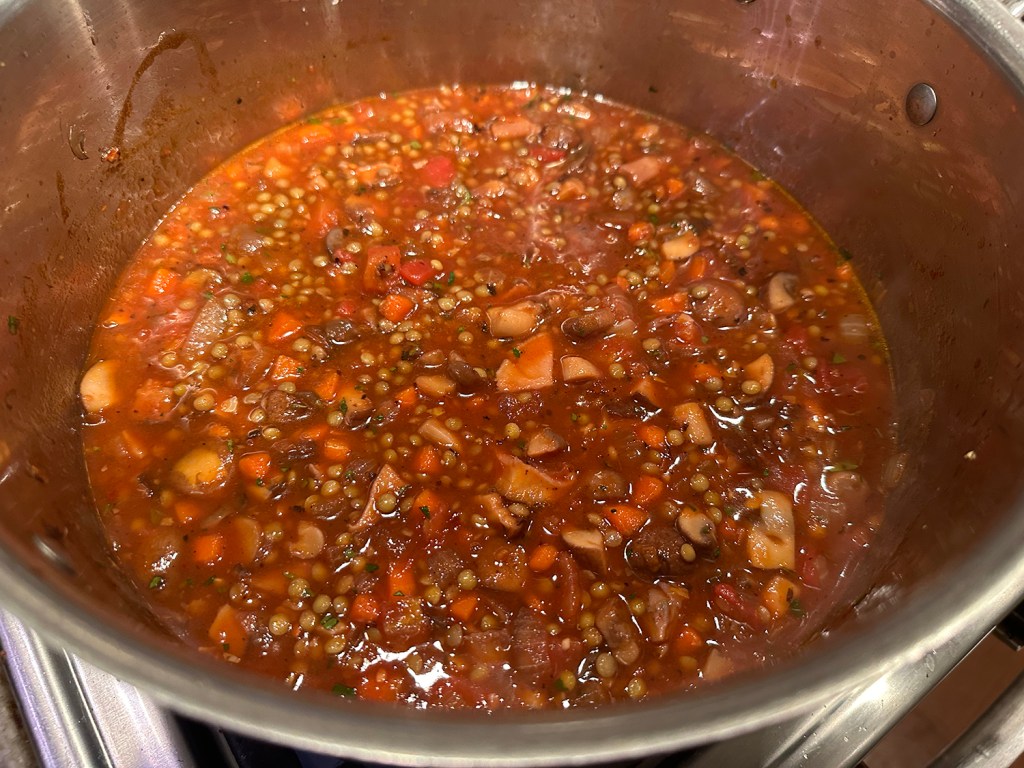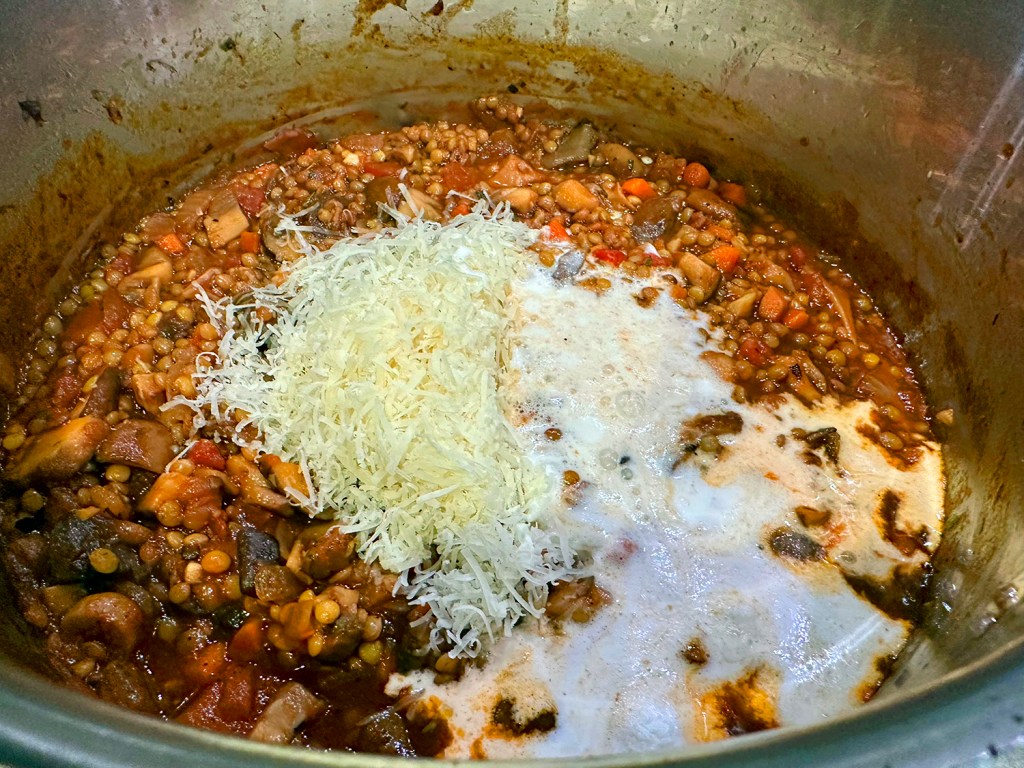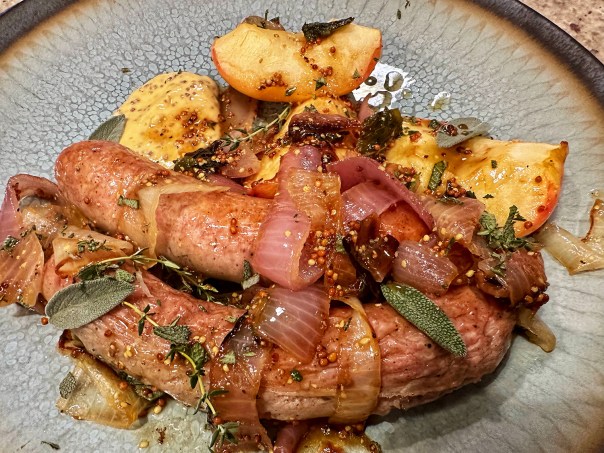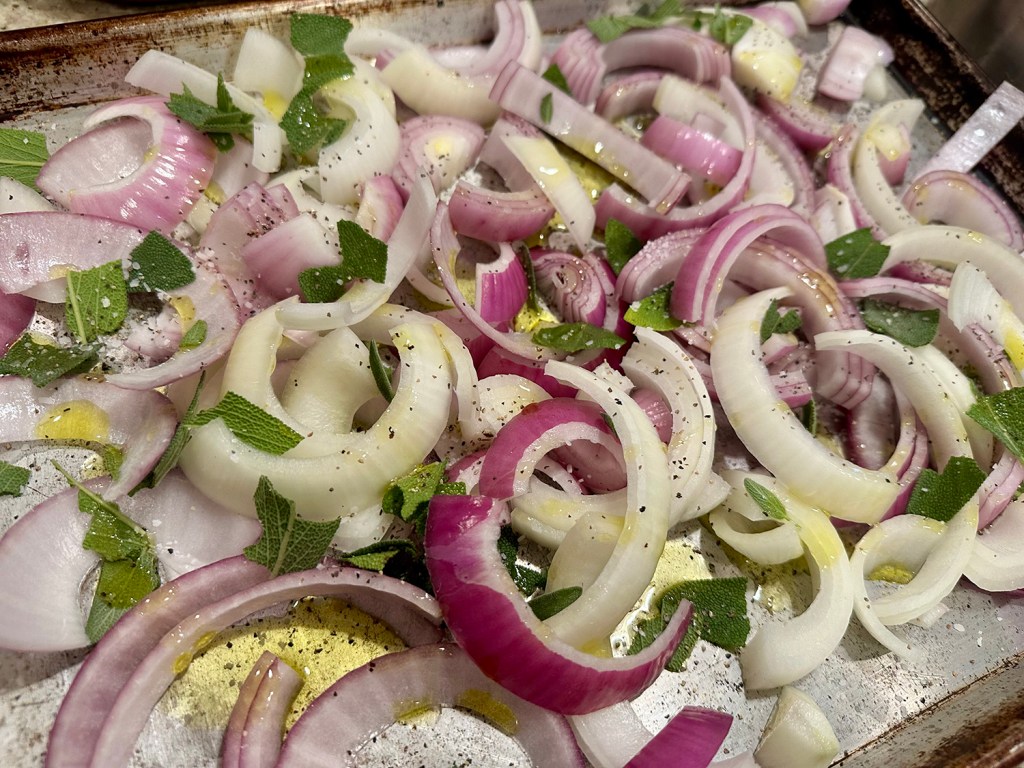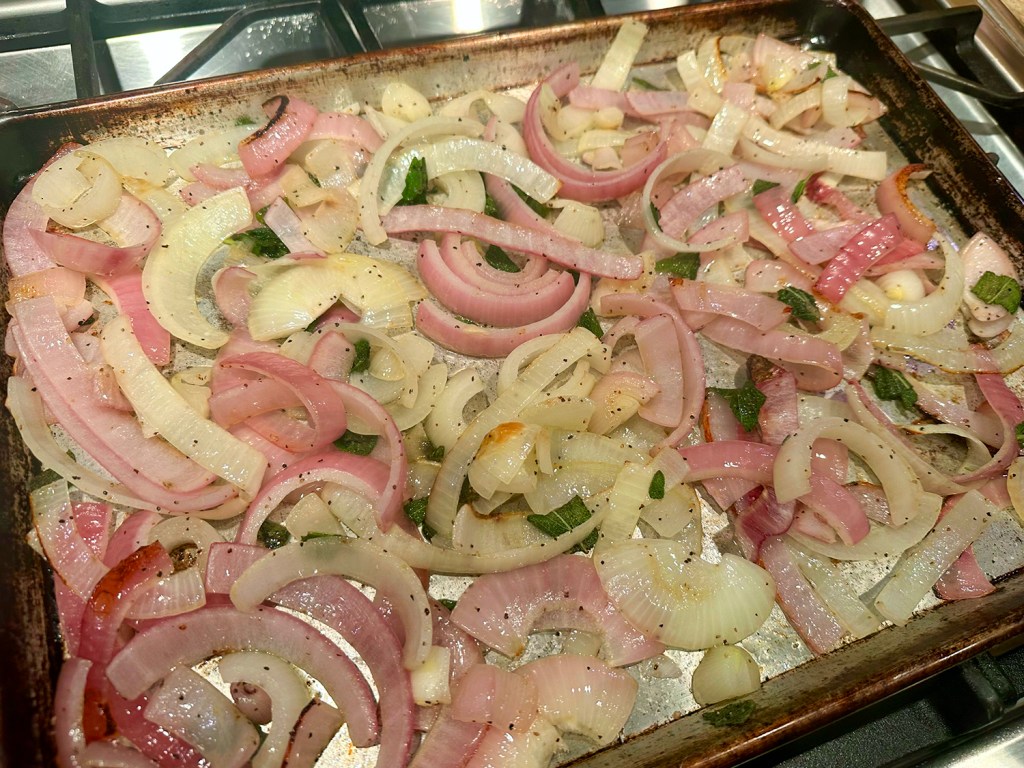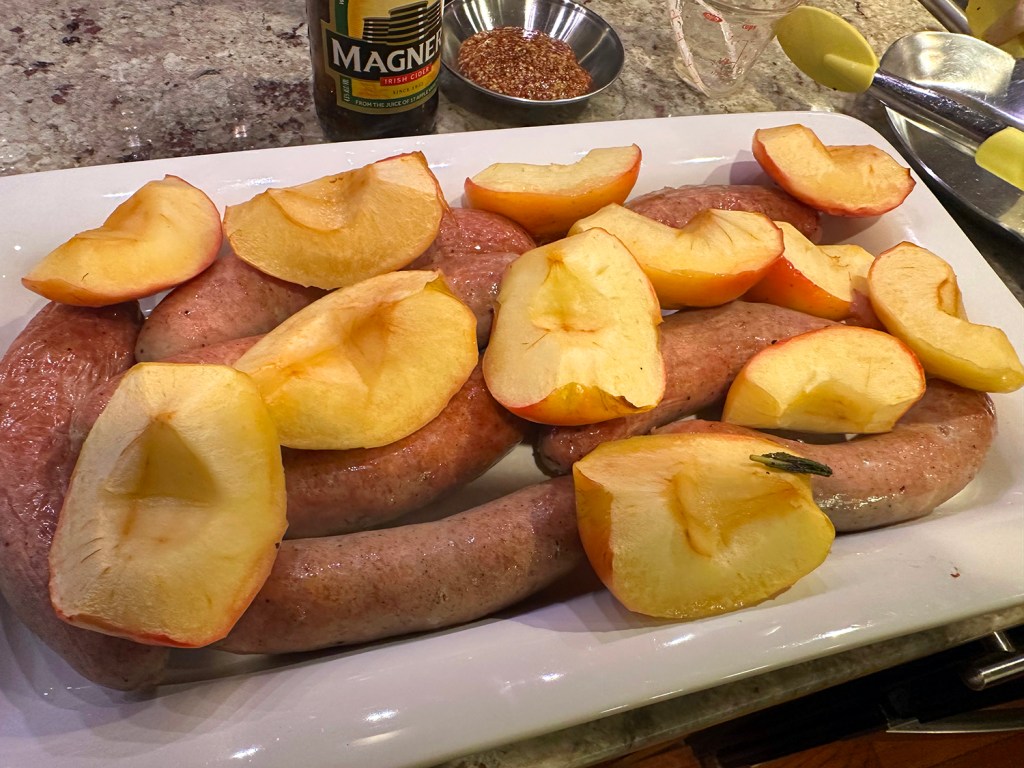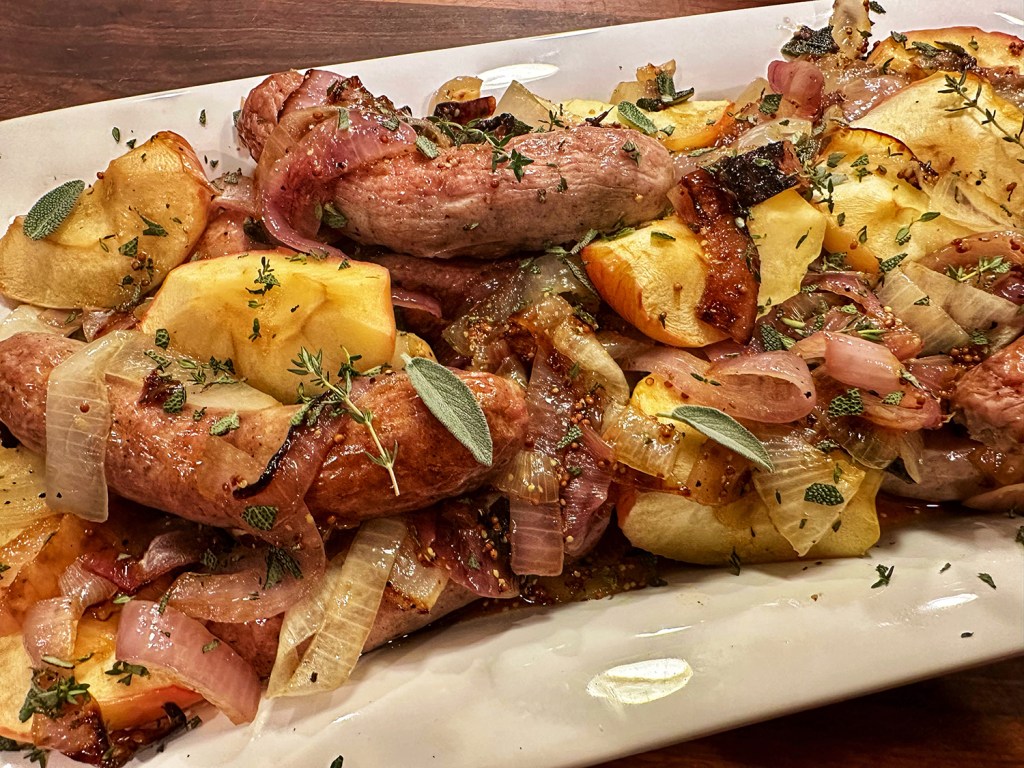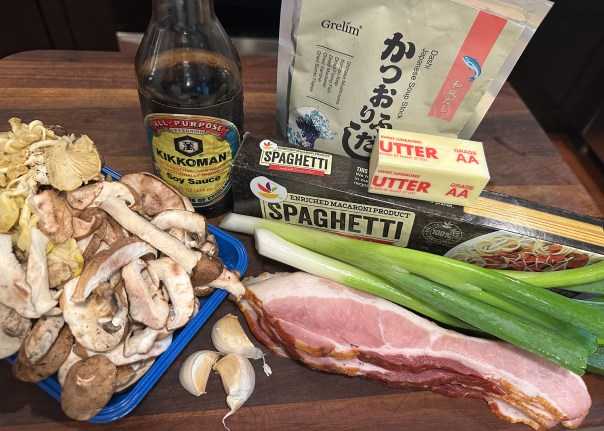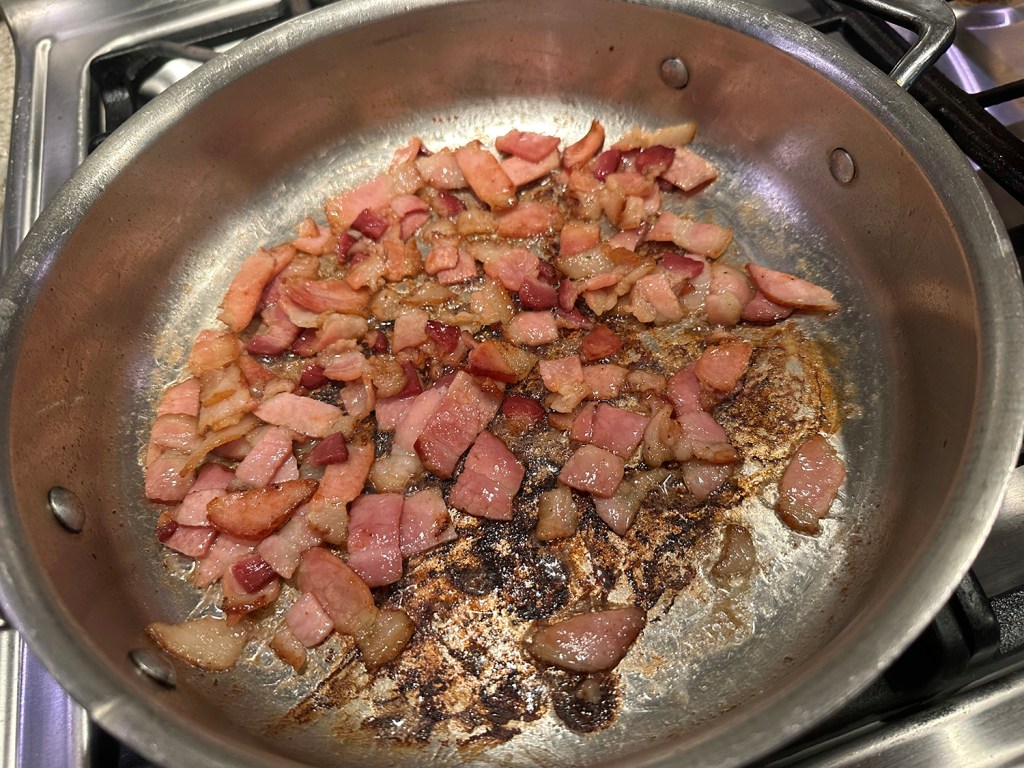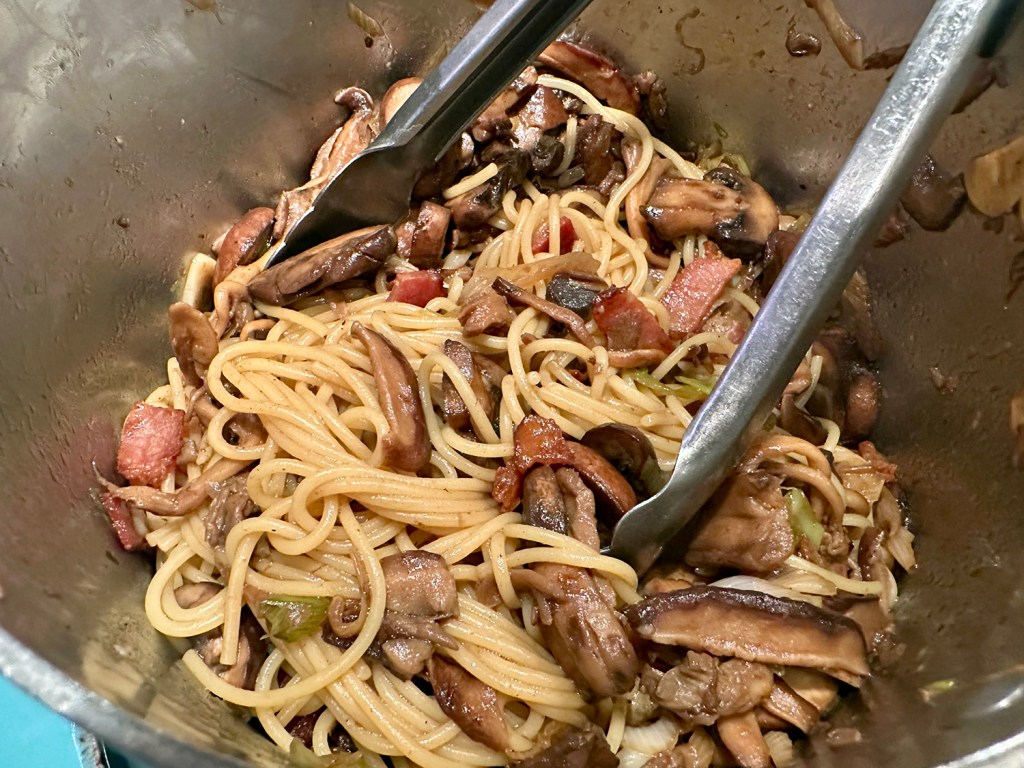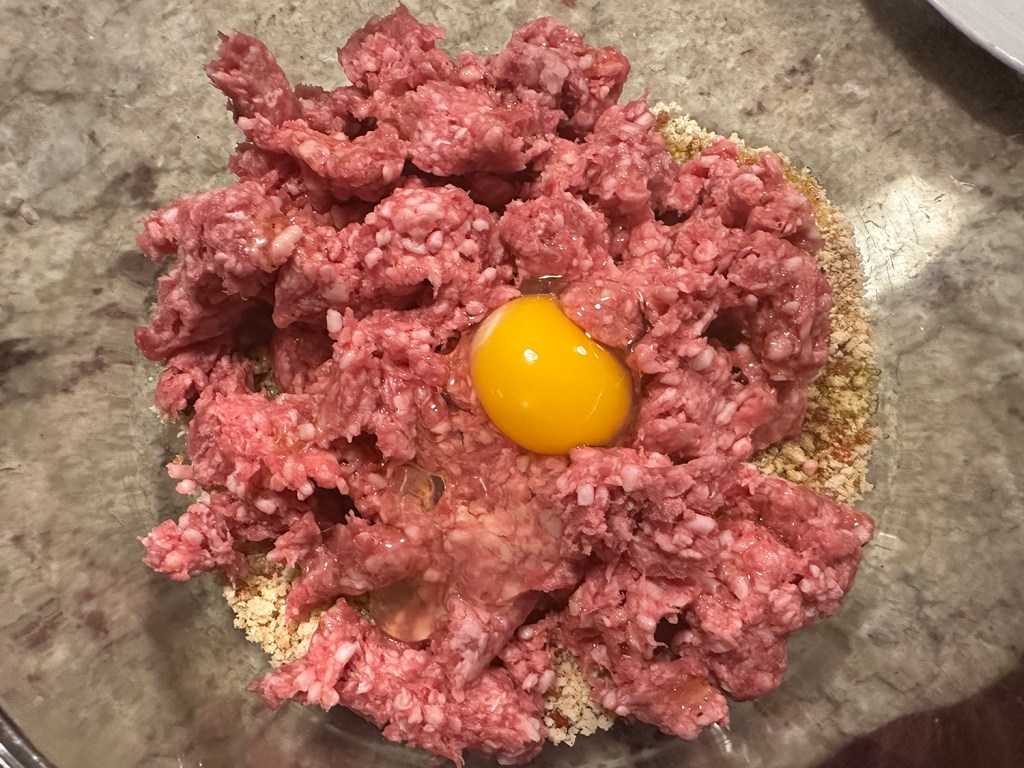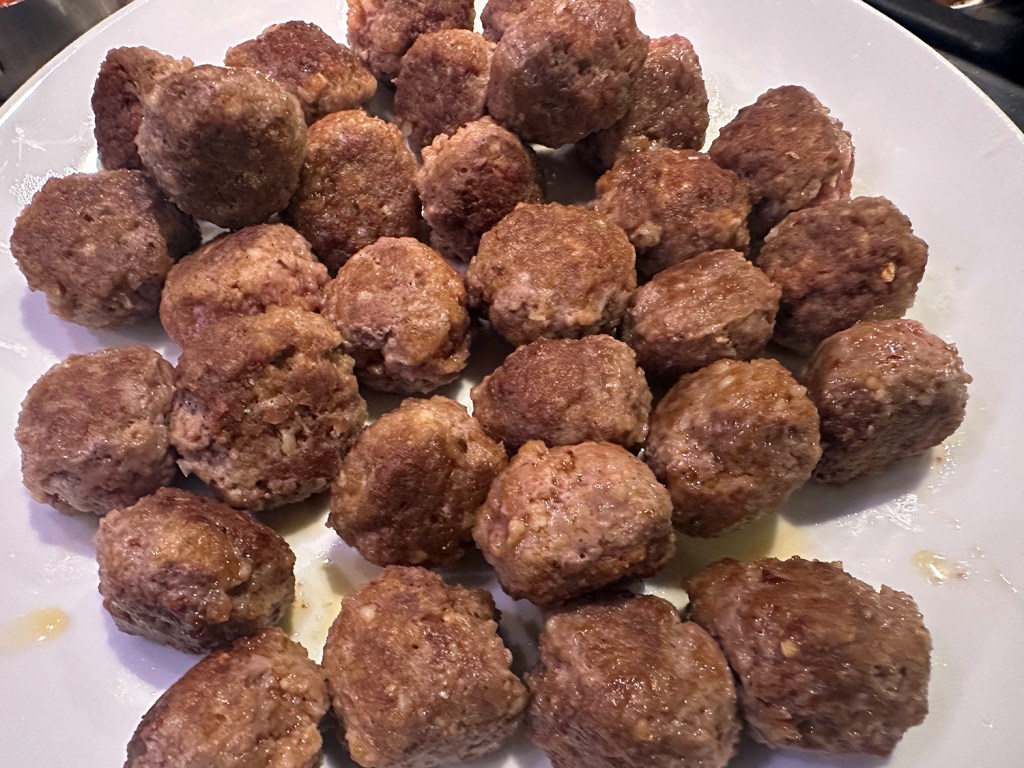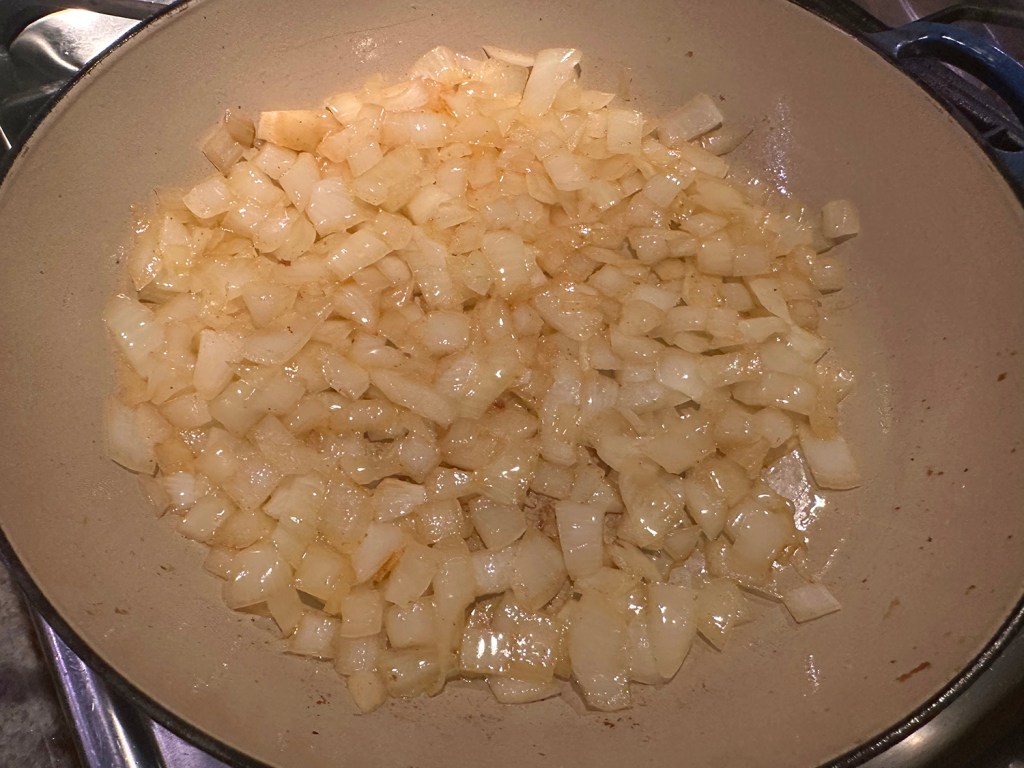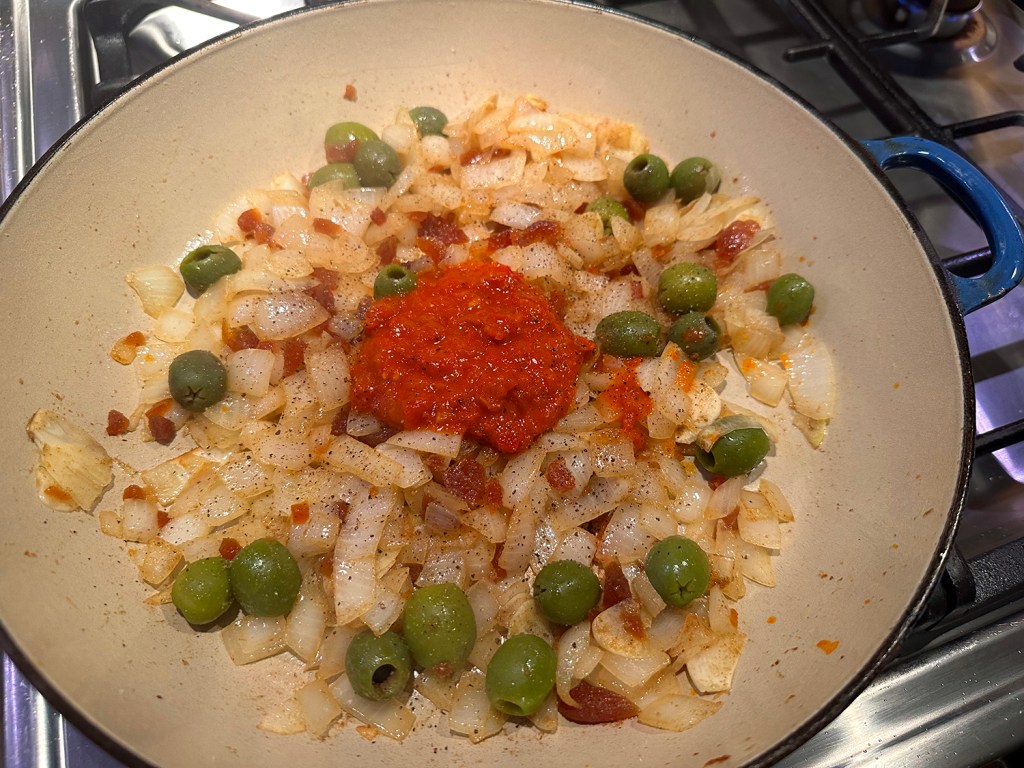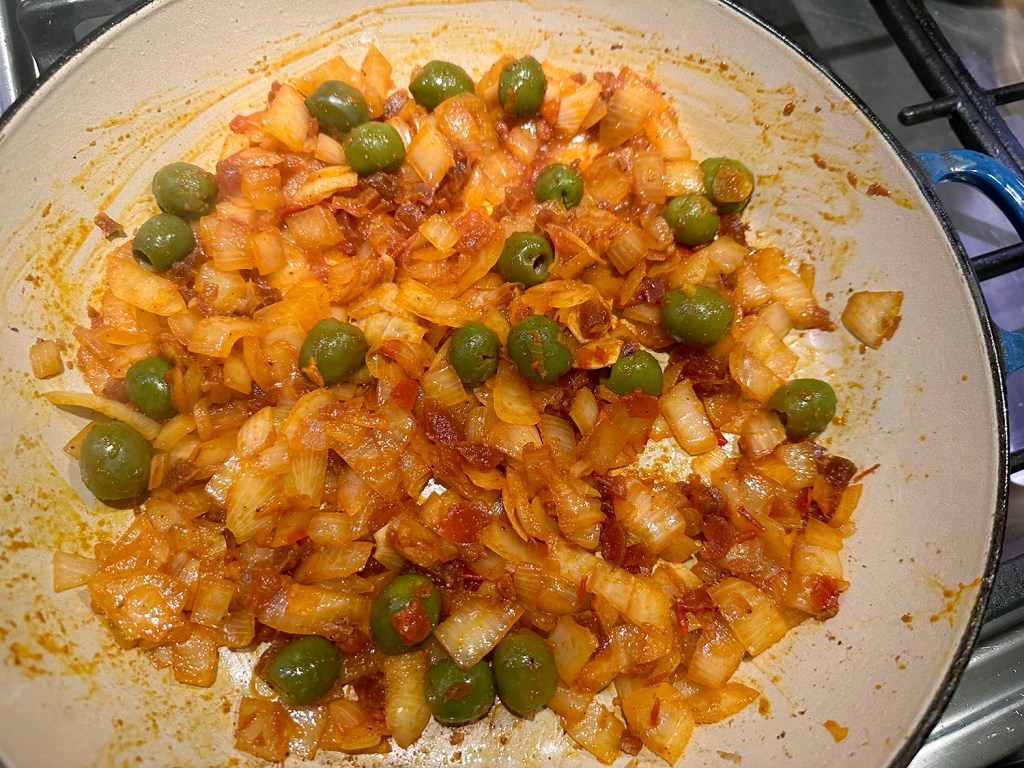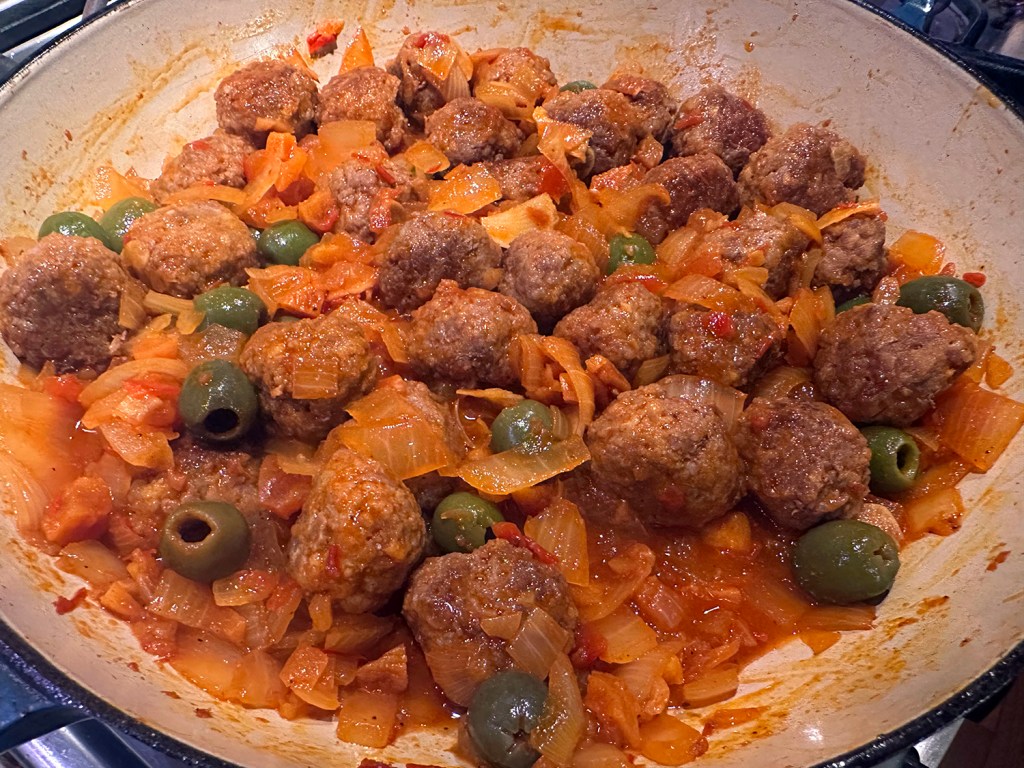The main basis for this recipe from America’s Test Kitchen is a flavorful, yet quick, weeknight stew. Therefore the cut of meat is important. Sirloin steak tips (also known as flap meat or bavette steak) is essential if wanting a tender beef stew in less than an hour’s time. Yes, it is more expensive than chuck, but well worth it.
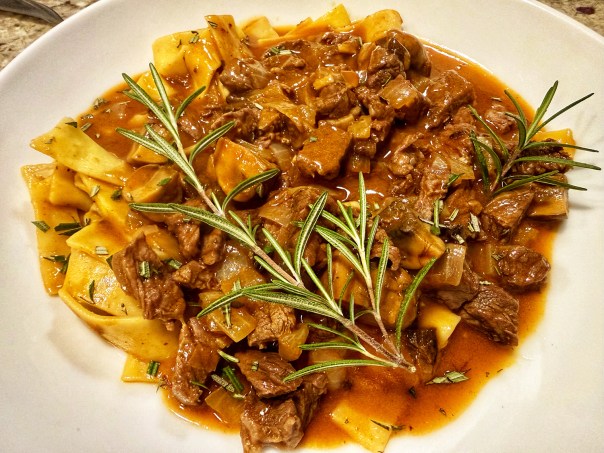
Quick-cooking sirloin steak tips have a beefy flavor and tender texture, so they are perfect for this speedy stew. Cutting the meat into small pieces allows it to get tender even faster. Smaller chunks are also easier to eat IMHO.
This stew tastes great after only 10 minutes of simmering but gets even better when cooked for longer; you can simmer it for up to 1 hour if time allows. Serve with mashed potatoes, polenta, egg noodles, rice, or crusty bread and sprinkle with additional chopped rosemary or fresh chives.
If you are simmering closer to an hour, you could consider adding in sliced carrots or parsnips.

Quick Beef Stew with Mushrooms and Dijon
Ingredients
- 1½ lbs. sirloin steak tips, trimmed and cut into ½-inch cubes
- 1½ tsp. table salt, divided
- 4 Tbsp. unsalted butter
- 8 oz. cremini mushrooms, trimmed and quartered
- 1 onion, chopped
- 3 cloves garlic, minced
- ¼ cup tomato paste
- 1 tsp. chopped fresh rosemary
- 3 Tbsp. all-purpose flour
- 2 cups beef broth
- 1 cup water
- ½ oz. dried porcini mushrooms, rinsed and chopped fine
- 2 Tbsp. Dijon mustard

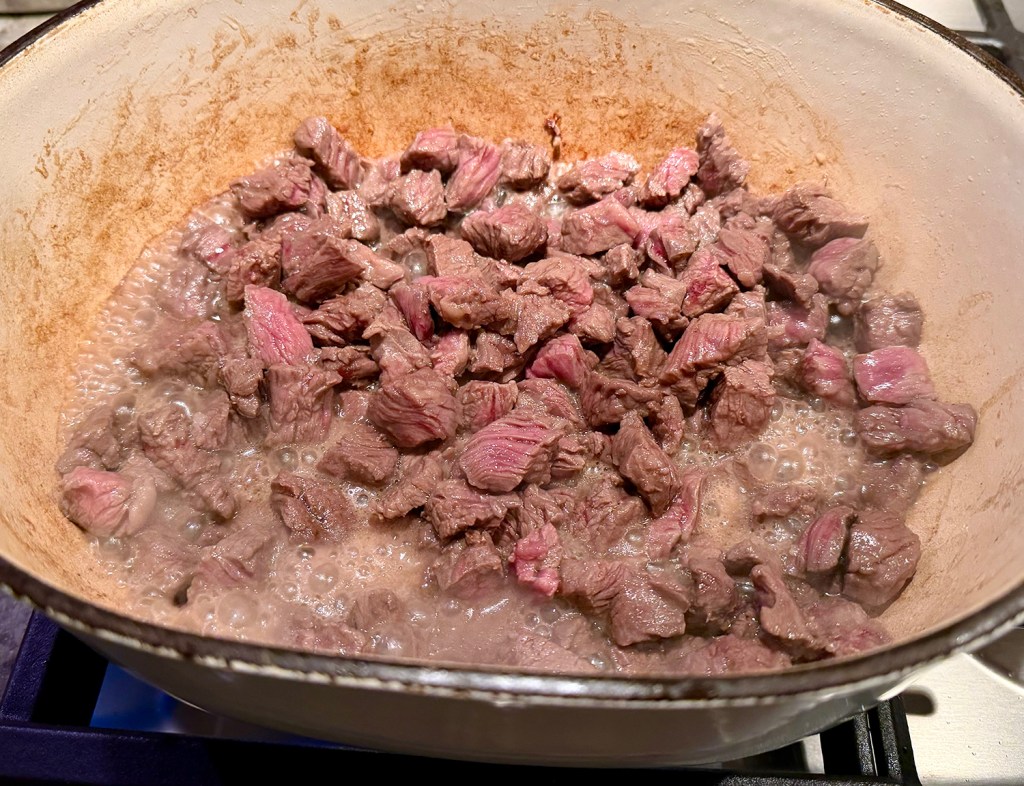
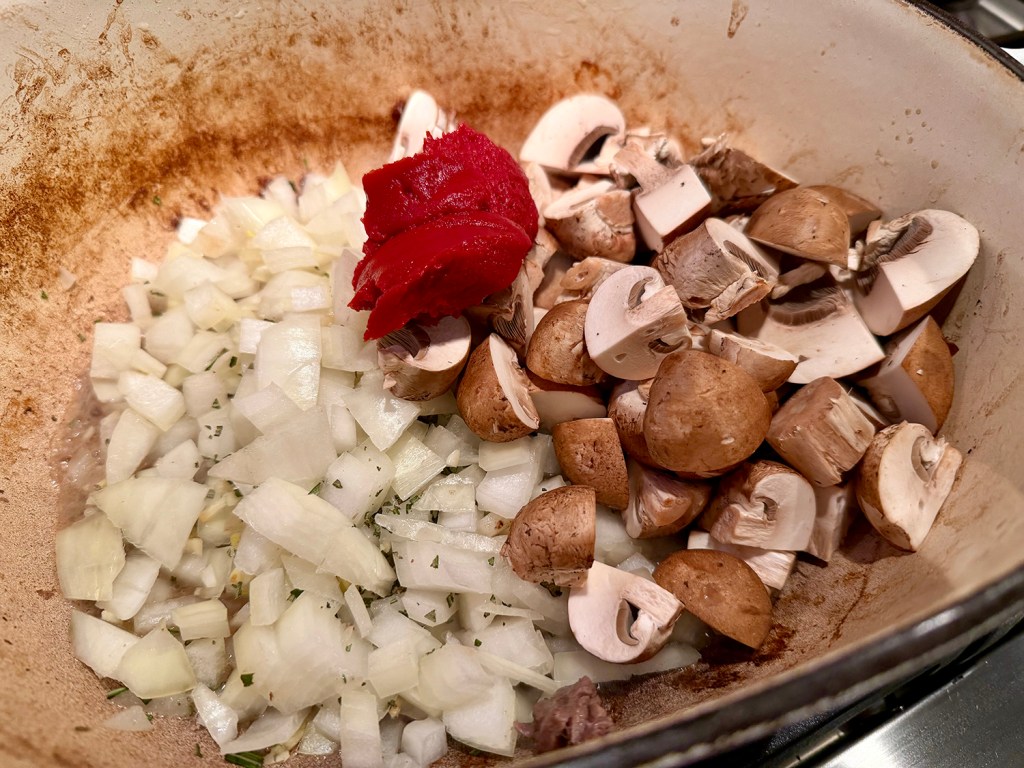
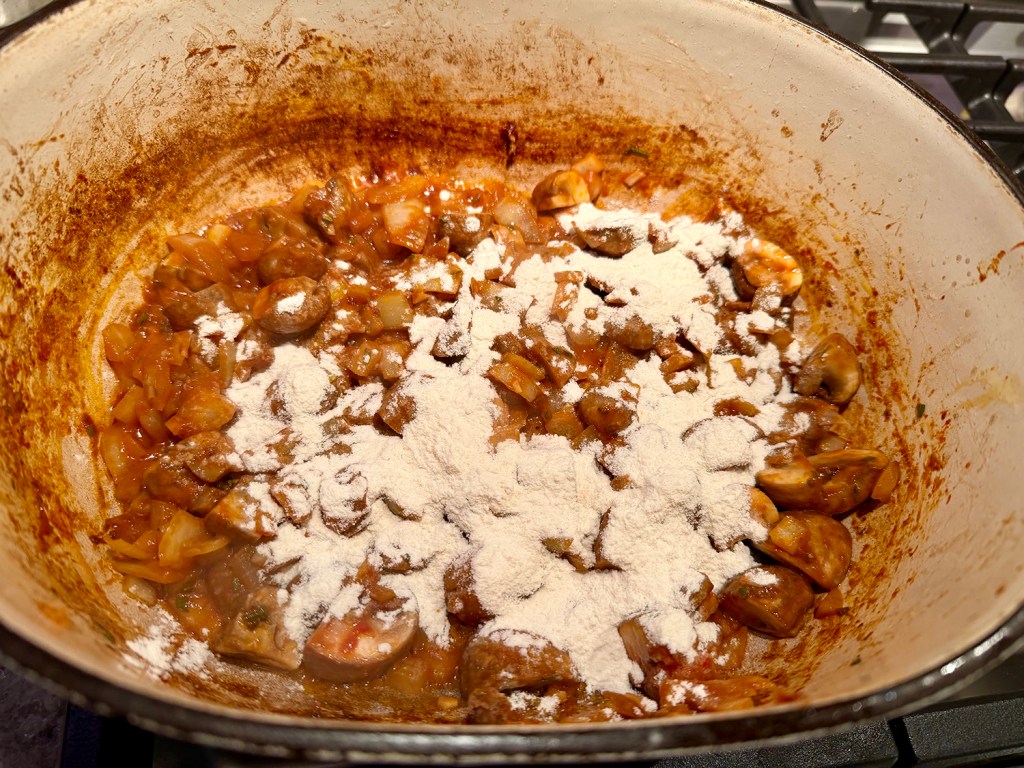
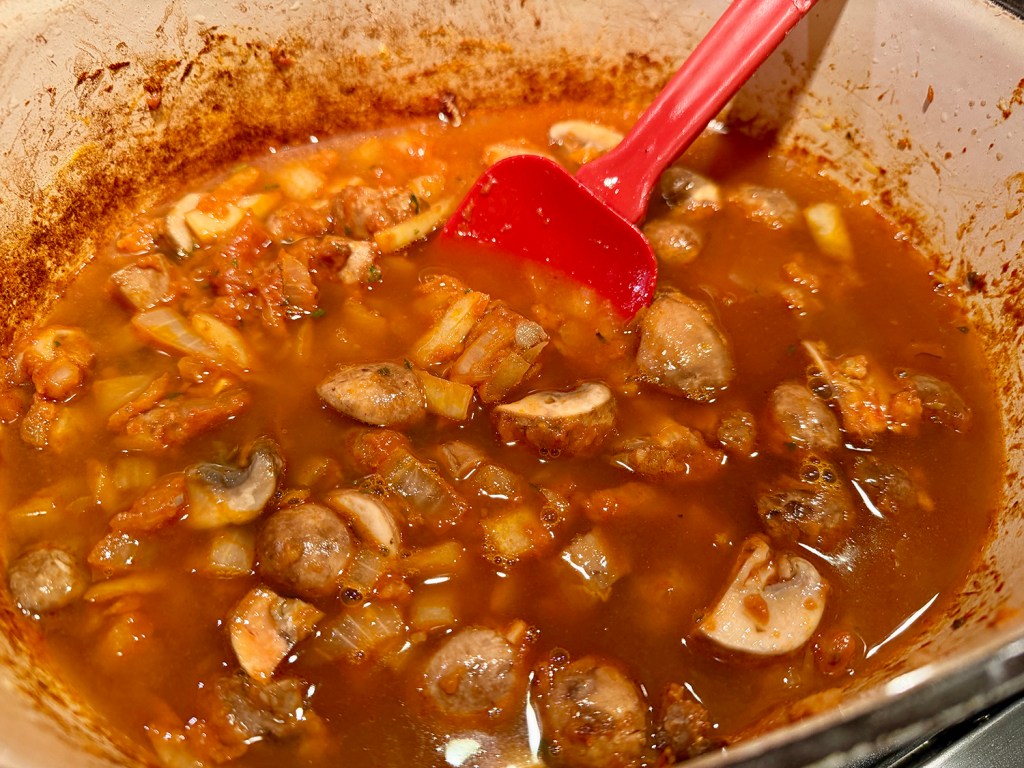
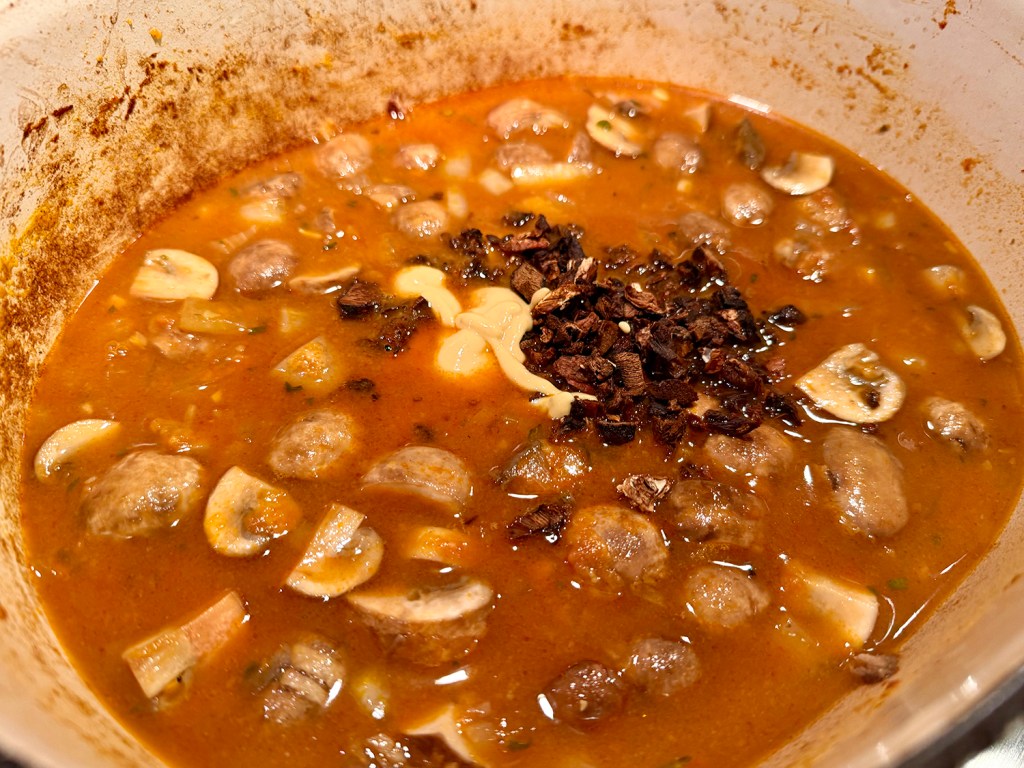
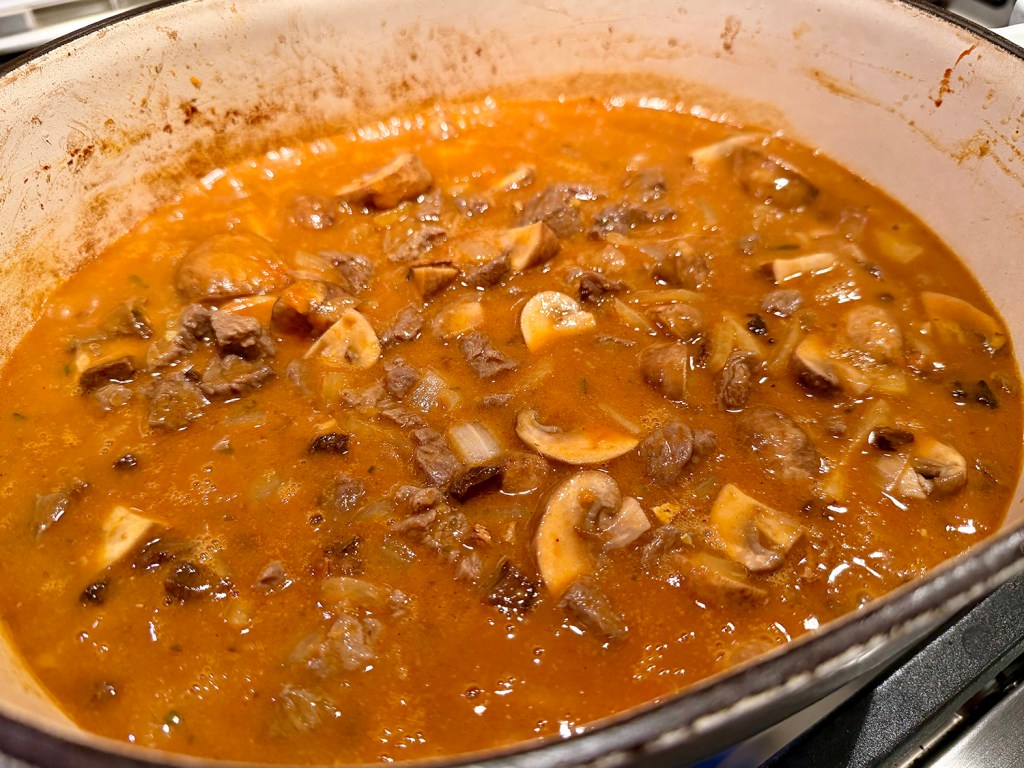

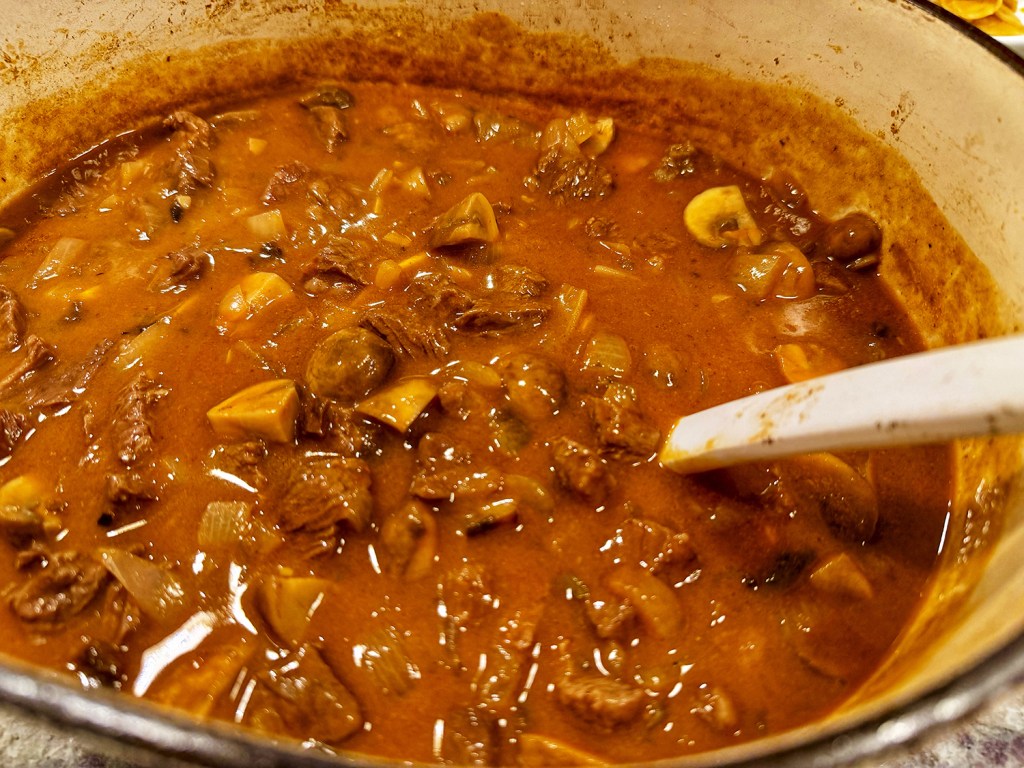
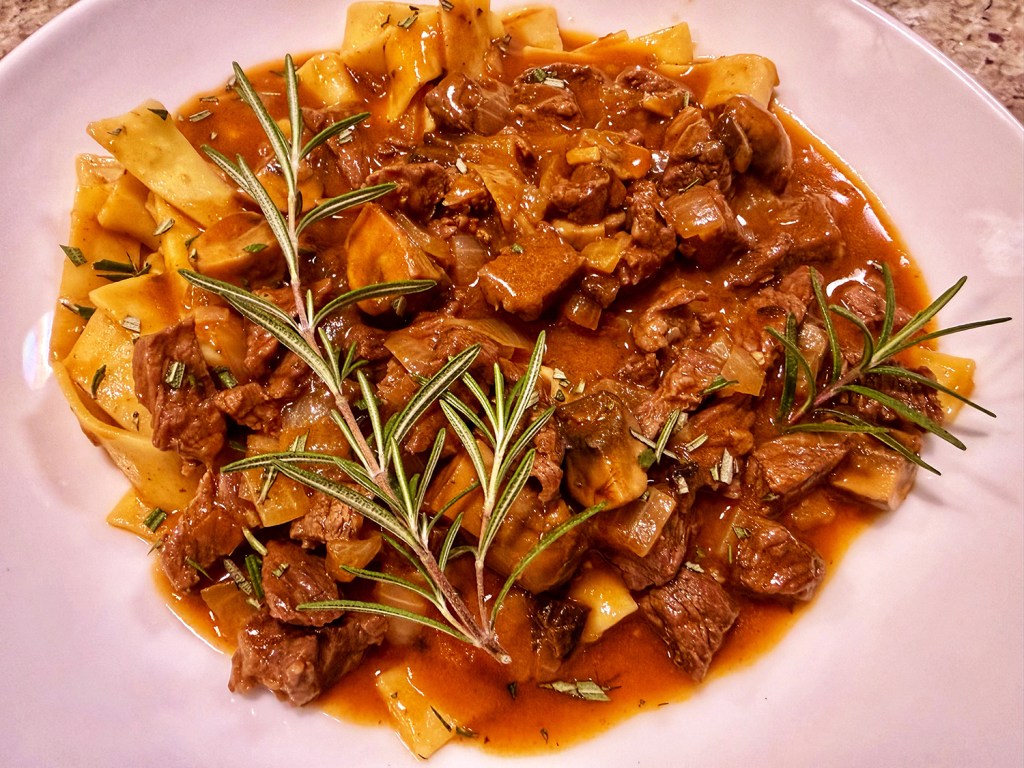
Directions
- Pat beef dry with paper towels and sprinkle with 1 teaspoon salt. Melt butter in Dutch oven over high heat. Add beef and cook, stirring occasionally, until browned, 6 to 8 minutes; transfer to plate.
- Add cremini mushrooms, onion, garlic, tomato paste, rosemary, and remaining ½ teaspoon salt to fat left in pot and cook over medium heat, stirring occasionally, until vegetables begin to soften and tomato paste darkens, 4 to 7 minutes.
- Stir in flour and cook for 1 minute. Stir in broth and water, scraping up any browned bits. Stir in porcini mushrooms, mustard, and beef, along with any accumulated juices, and bring to boil.
- Reduce heat to low and simmer, covered, until beef and vegetables are tender, about 10 minutes (or up to 1 hour if time allows; the meat will get more tender the longer it’s simmered. Add extra water if stew gets too thick). Season with salt to taste. Serve.
Adapted from a recipe by Jessica Rudolph for America’s Test Kitchen



